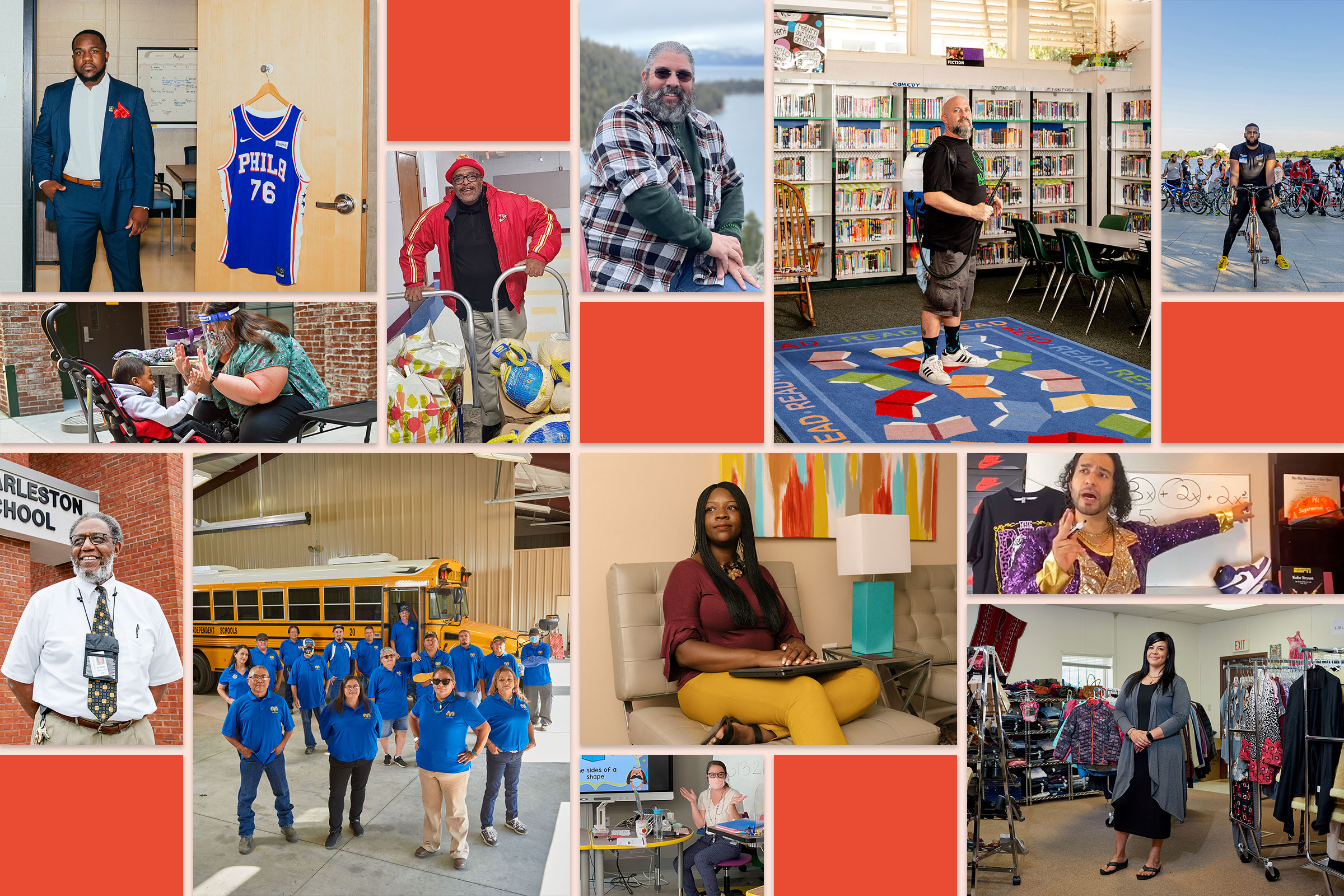Educators and staff in the K-12 school system attend to children well beyond the bell, forming a safety net that’s both critical and fragile. When COVID-19 closed schools in 2020, time-tested systems fell apart. But educators swung into action, modeling resourcefulness and resilience for their students. In April, when we put out a call for educators and other school employees whose work made students’ pandemic learning experience better, we were optimistic that the chaotic academic year would be the last of its kind. But now, before some schools have even started, the coming year is in flux. This salute to educators starts with an essay by Dr. Jill Biden, a teacher for more than 30 years. Then we tell 29 stories of people who went to extraordinary lengths to keep students from falling through the cracks. —Andrea Delbanco, editor-in-chief, TIME for Kids
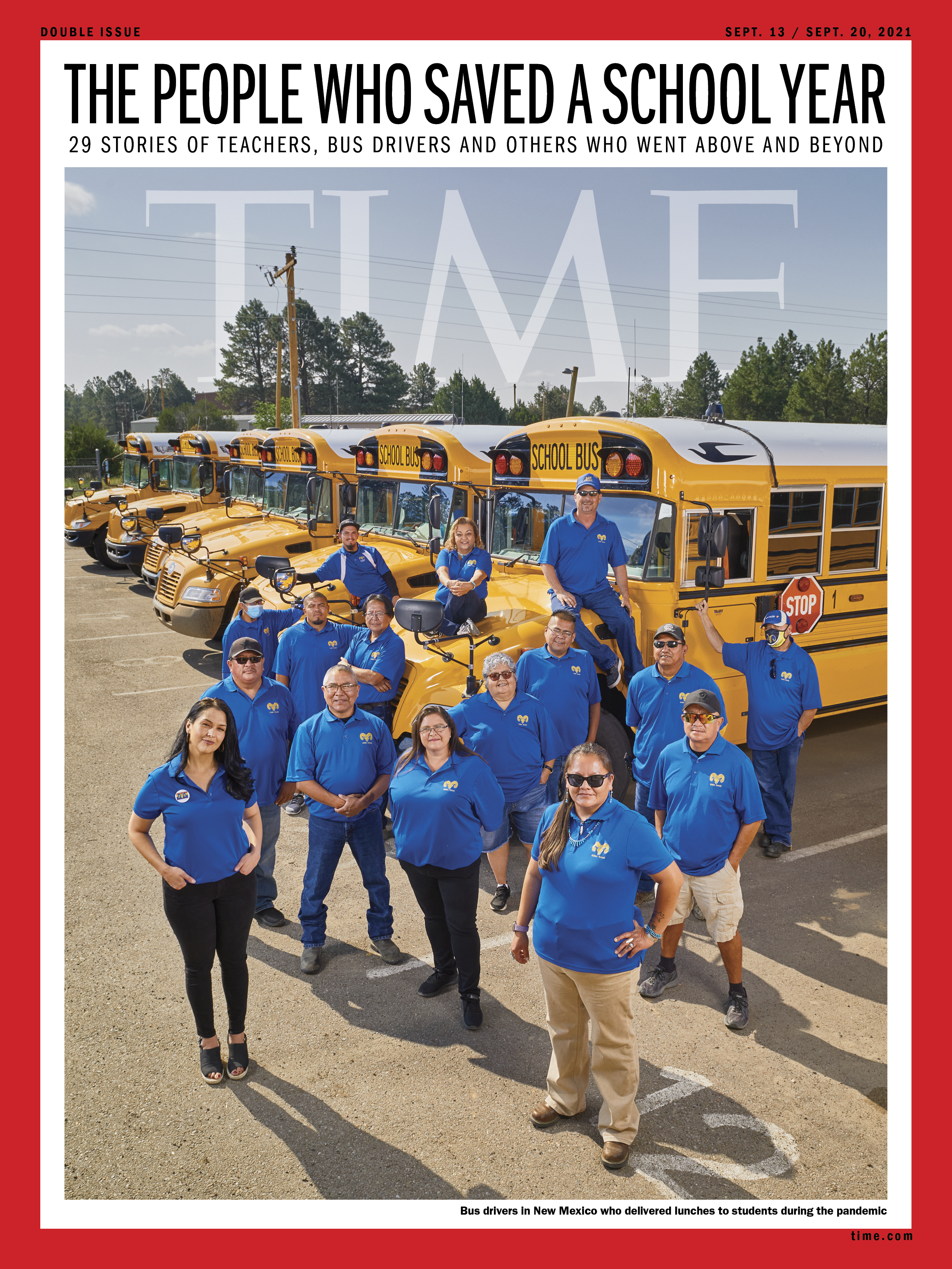
Get a print of TIME’s ‘Education Heroes’ cover
Ife Damon, Multisubject teacher | Staten Island, N.Y.
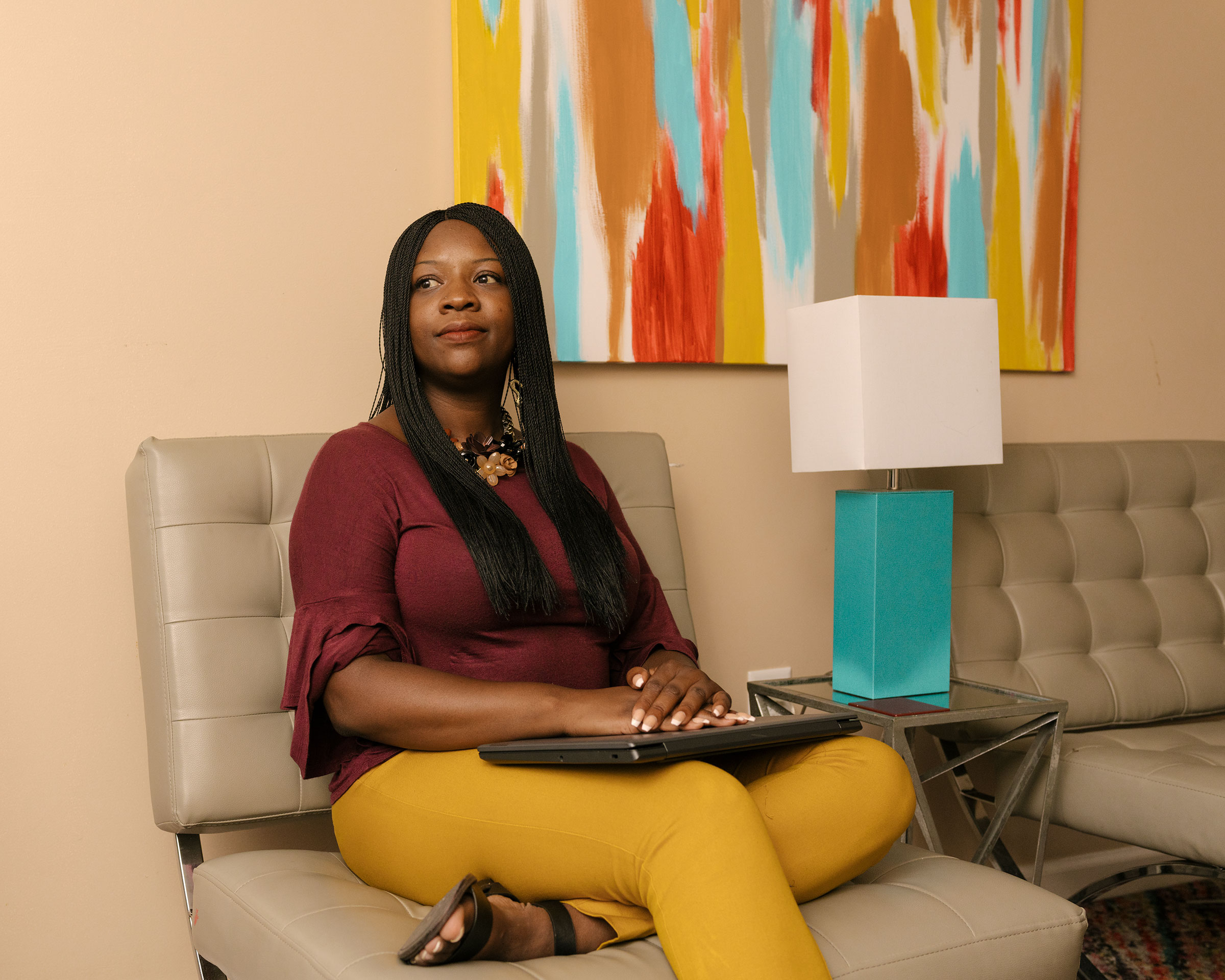
Ife Damon wanted her high school students to become change agents—especially in a year when the world grappled with a pandemic, health disparities, police violence and systemic racism. So she adapted her lessons to meet the moment.
Last school year, Damon taught ninth- and 10th-grade English at Curtis High School, which serves mostly Black and Latino students within a predominantly white borough of New York City. She instructed her students to make pandemic time capsules that focused not only on COVID-19 but also on the Black Lives Matter movement. Students interviewed a relative or community member about their perspective on the pandemic and created videos about their experience as teens during the past year.
During a lesson on dystopias, Damon, 44, asked students to write about injustices that bother them in the U.S. today. And she expanded a lesson on persuasive writing by asking them to send their essays to people in power. Some petitioned for more sports teams at their school; others called for justice for Breonna Taylor or advocated for LGBTQ rights, while sharing their own experiences with discrimination.
“As a Black woman in America, growing up in American education, these issues weren’t addressed in school,” says Damon, but she believes that such conversations are necessary for the world to change and that they must start with young people. “I wanted them to feel empowered and know that they can make change now.” —Katie Reilly
Melito Ramirez, Intervention specialist | Walla Walla, Wash.
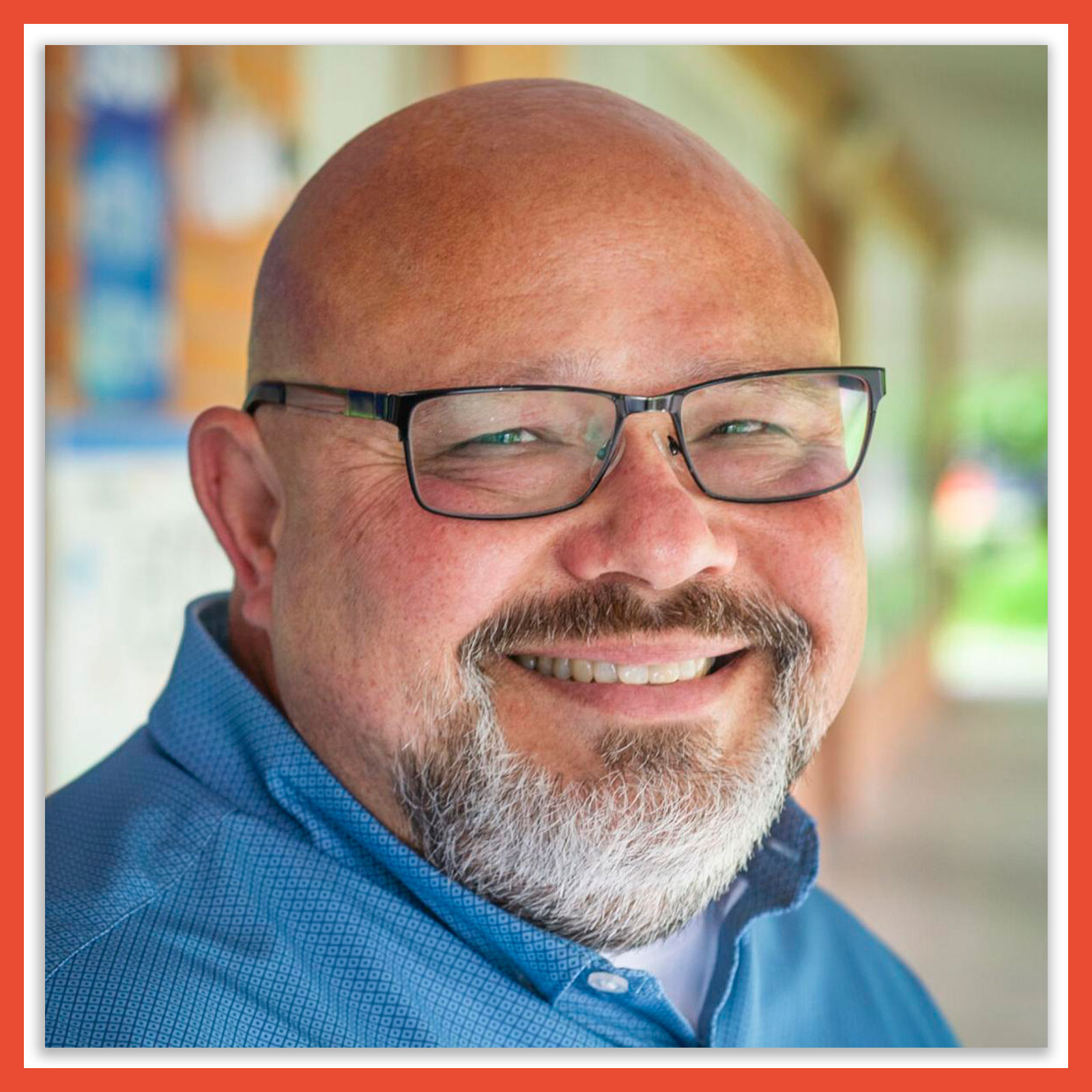
Melito Ramirez still remembers the high school English teacher who showed up at his house and helped him go back to school after he’d dropped out to work and support his family. More than 40 years later, Ramirez found himself in that teacher’s shoes, going house to house to find students who had stopped attending class during the pandemic.
Many had taken full-time jobs to help their families, so Ramirez, who was an intervention specialist at Walla Walla High School until June, worked with parents and teachers to create flexible schedules to help them complete schoolwork amid other responsibilities.
“Their grades just plummeted because they’re tired, they’re working, they’re dealing with other stuff,” says Ramirez, who also delivered food and connected families with resources to help pay bills.
“My job is not to say, ‘You need to get to school. You need to get out there or you’re gonna wind up going to court,’” says Ramirez, 60, who is now the transportation supervisor for College Place, Wash., schools. “My job is to knock on the door and say, ‘Are you O.K.? Do you need something? What can we do to help?’” —K.R.
Bridget Weiss, Superintendent | Juneau, Alaska
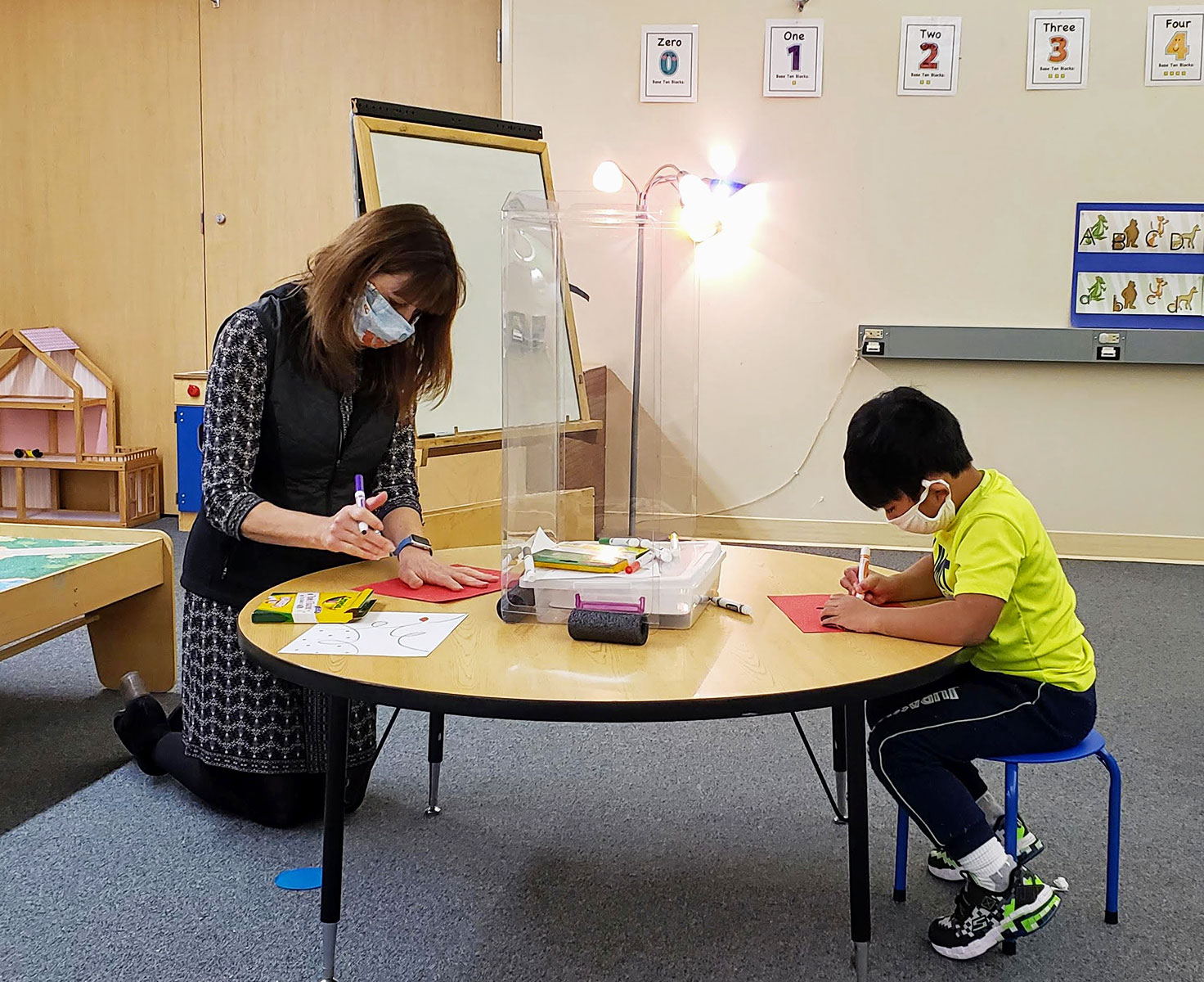
Compared with other parts of Alaska, Juneau may not be that remote. Still, there are no roads in or out of the city. Food and other supplies have to be barged or flown in, so advance planning is critical. That’s something that Bridget Weiss, superintendent of the Juneau school district, is particularly good at. But the COVID-19 pandemic forced her into uncharted territory.
In February 2020, Weiss began working with colleagues to prepare as she followed reports of a spreading virus. In March, a day before the U.S. declared a state of emergency because of COVID-19, Weiss learned that a child in her district had symptoms of the disease. Administrators worked late into the night to prepare a full shutdown and cleaning of the student’s school. “That was our first like, ‘Oh, now what do we do?’ There were no protocols in place,” says Weiss, 58. “We had no guidance yet. We didn’t even know as a country what symptoms we were really looking for yet.”
Weiss persuaded the Juneau city government to let the district close all schools for a few days so administrators could devise a long-term remote-teaching plan in case of future shutdowns. The Juneau school district quickly trained teachers to lead virtual classes, provided Chromebooks to its 4,600 students and ensured they had Internet access.
For those living in areas without Internet service, the district set up wi-fi hotspots in churches and other community centers. Weiss also coordinated with the district’s busing company to use its vehicles for daily food deliveries to students—this way, bus drivers could stay employed.
The school district wasn’t just a vital resource for its students. Its nurses and health assistants ran a COVID-19 hotline. When vaccines became available for minors, the district had already laid the groundwork to vaccinate them quickly. It inoculated more than 600 students within two days once the age was dropped to 12.
Weiss says partnership was crucial to getting the city and its schools through that first pandemic school year. “I think as a school district in isolation, we wouldn’t have been able to accomplish the same,” she says. “Nor could the city have [succeeded] without our help.”
But someone had to build and nurture that partnership, and that person was Weiss, says Christopher Cairns, a systems technician at the school district. “The community’s health outcomes are as good as they are because of us,” Cairns wrote, when he suggested Weiss for inclusion in this issue of TIME. “Though we all shined brightly during this last year, [Weiss] was the one directing the spotlight. —Jasmine Aguilera.
Deana Dueño, Librarian | Reston, Va.
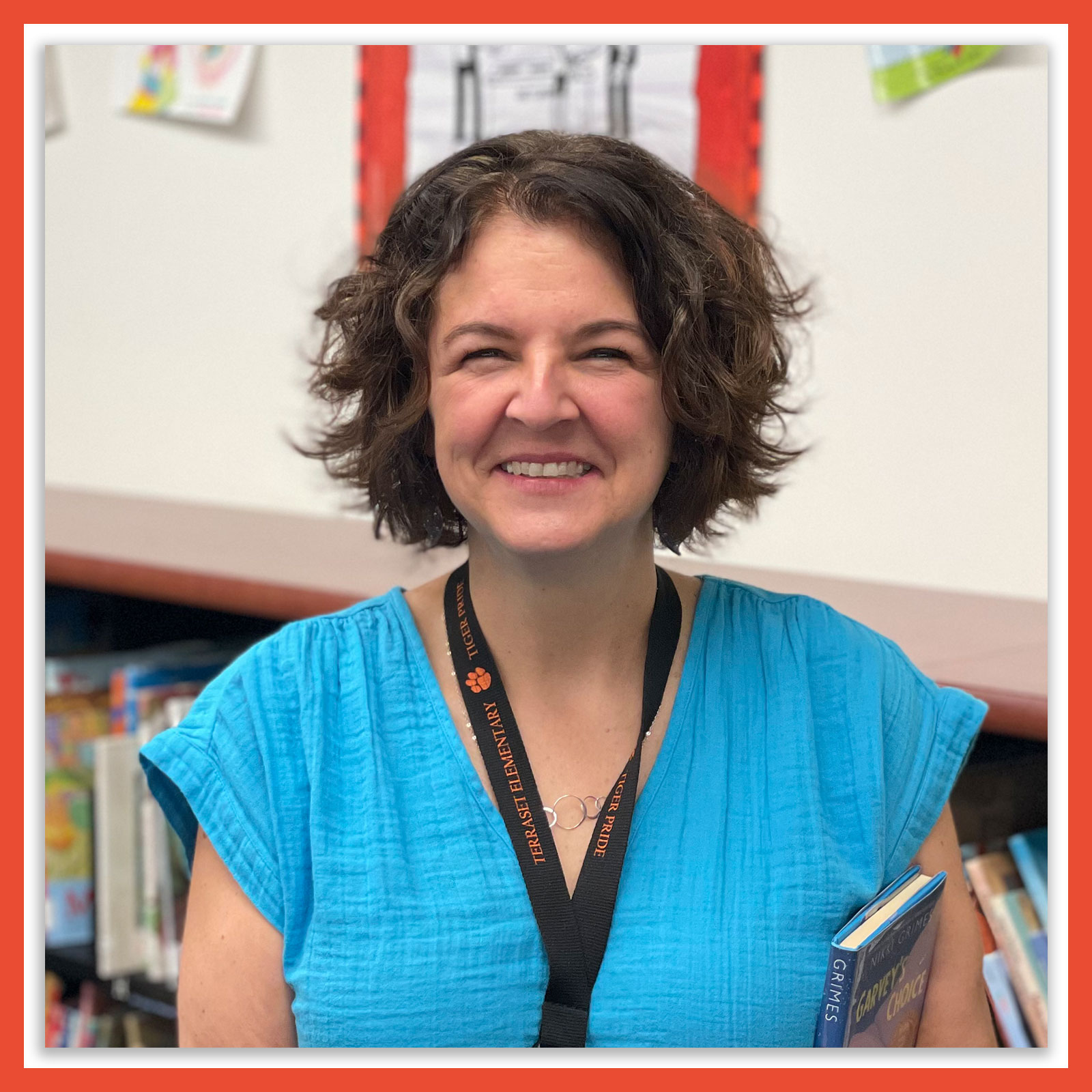
Deana Dueño’s elementary-school library speaks to her passion for books. Posters with slogans emphasizing the benefits of reading decorate the walls: “Books bring me joy” and “Keep calm and read on.” Shelves of picture books and chapter books cater to young readers.
But during the pandemic, Dueño’s biggest challenge became getting books into the hands of children who couldn’t come into the cheerful Terraset Elementary School library anymore. So she started delivering books to them, loading up her car and visiting as many as 50 houses every Monday with a curated stack of books for each student. “It just sort of snowballed, but in a good way,” Dueño says.
Kids would come running when she knocked at their door. Parents would send photos of their child reading at home. When she popped into virtual classes, she was inundated with requests: “Ms. Dueño, could you please email my parents? I really want books delivered.” “Can you make sure I get this book on the next delivery?”
As her district reopened, Dueño, 50, welcomed students back to school this fall, some setting foot in the library for the very first time. —K.R.
Henry Darby, Principal | North Charleston, S.C.
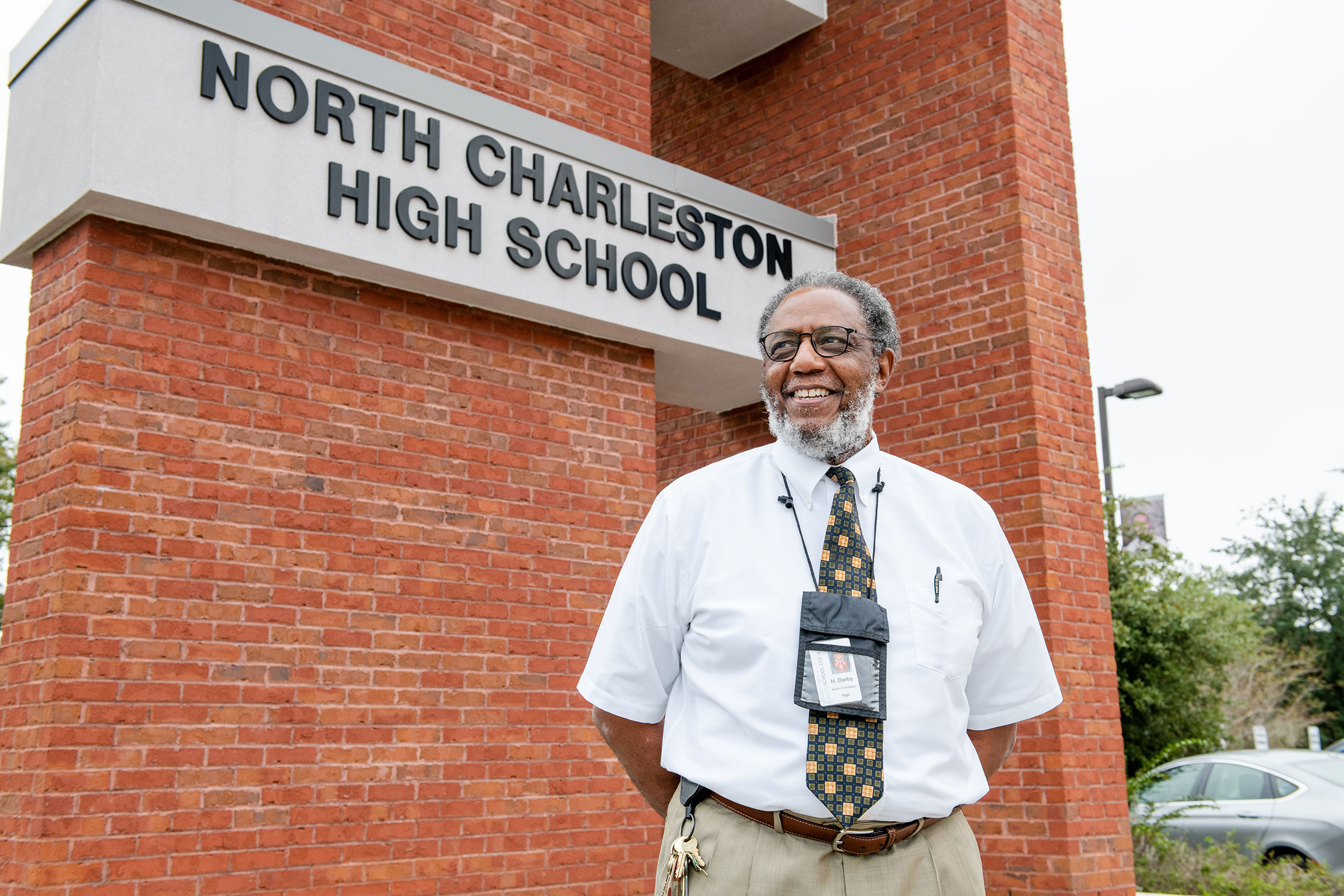
Henry Darby didn’t sleep much during the last school year. For months, he finished his full-time job as a high school principal in North Charleston, S.C., worked overnight stocking shelves at Walmart, and then went right back to North Charleston High School to oversee another day of pandemic learning.
Darby didn’t need the extra money for himself. He donated earnings from his second job—which he’d taken as he saw the financial hardship arising from COVID-19—back to his school community, helping students and their families buy groceries, make mortgage payments and cover funeral costs. His school has a high poverty rate, and before taking the Walmart job, Darby had begun dipping into his personal emergency savings to help families in need.
“I just couldn’t tell parents and students no, particularly when I knew that they were in need,” says Darby, 66. “So the logical next thing for me to do was to get another job.”
From August 2020 until April 2021, Darby worked at Walmart three days a week, from 10 p.m. to 7 a.m., then punched out and arrived at school by 7:45 a.m. “I basically slept on the weekends,” says Darby, who is also a member of the Charleston County Council.
I just couldn't tell parents and students no, particularly when I knew that they were in need. —Henry Darby
His work earned him the Order of the Palmetto, the state’s highest civilian honor, from Gov. Henry McMaster, who called Darby “a remarkable man.”
He only quit Walmart in April when his surgeon told him, ahead of a neck surgery, that he could no longer stock shelves.
“People helped me as a young child when I needed them the most,” says Darby, whose father, mother and grandmother all died before he turned 18. “And people really looked out to help me.” As more than 600 students at his school dealt with illness, unemployment and grief, Darby has continued to look out for them. —K.R.
Mark Estrada, Superintendent | Lockhart, Texas
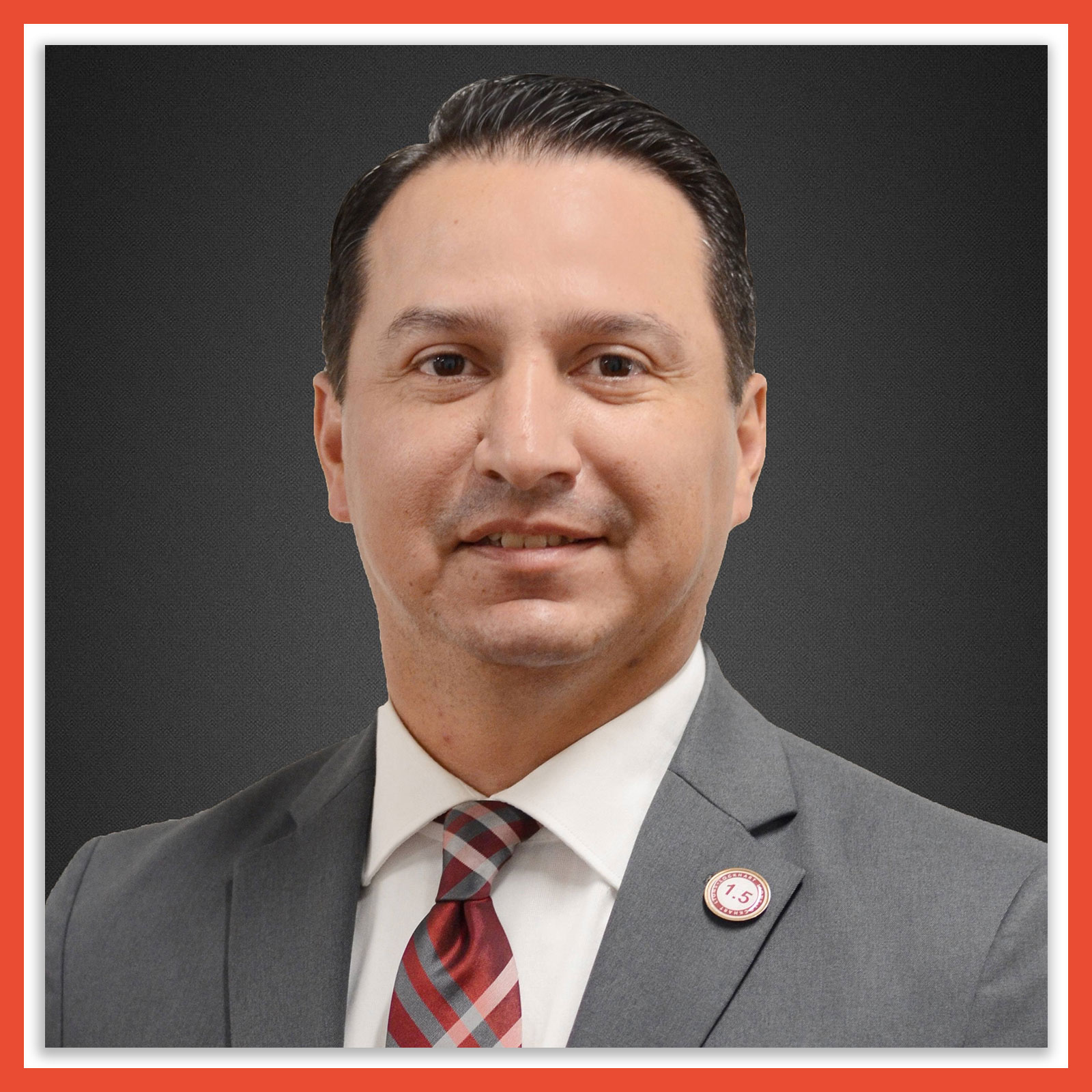
When schools shut their doors in March 2020, leaving students with no option but remote learning, about 40% of families in the Lockhart independent school district lacked home Internet access. Many lived in dead zones in their rural area. “Even if their families could afford it, it doesn’t exist. If you give them a hotspot, they’re just paperweights out there,” says Mark Estrada, the district’s superintendent.
The district worked with Particle Communications, a Texas-based Internet provider, and spent about $650,000 to build five wireless Internet towers in the district, most of which was later reimbursed by federal CARES Act funding. That enabled 1,600 students to get online at home, including some who used hotspots.
“I knew we were doing the right thing by making this investment, because so many kids are able to be at home and get the Internet that they need without having to work so hard to try to find somewhere to get connected,” says Estrada, 39. “When I got to the district 10 years ago, we didn’t even have wi-fi in the building, so we’ve gone from not having wi-fi in our school classrooms to having it in our living rooms across the community.” —K.R.
Jennifer DiVasto, Orchestra director | Doylestown, Pa.
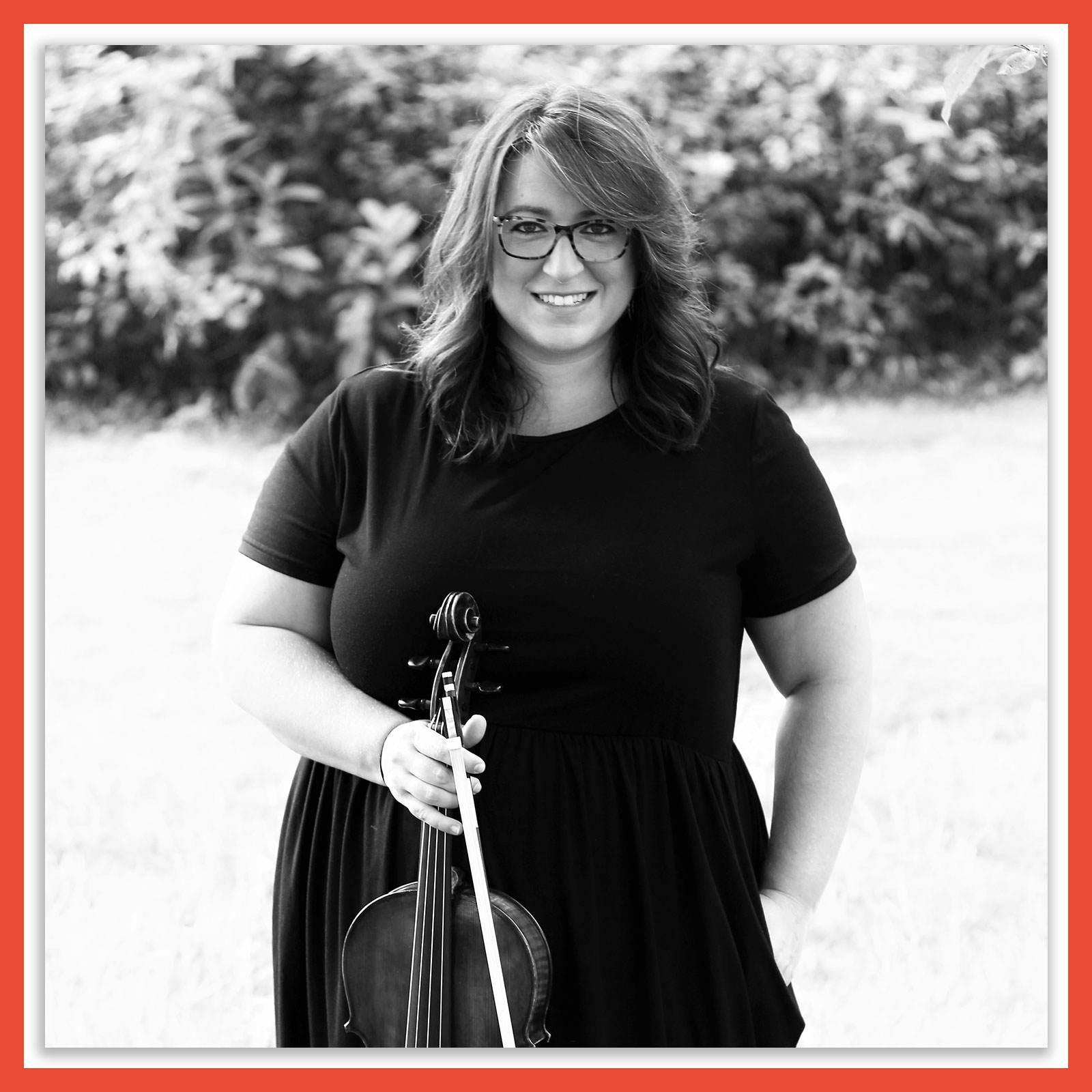
An orchestra relies on community. So how the heck could it be taught remotely? That was the question that Jennifer DiVasto, the orchestra director of Central Bucks High School East, asked herself at the start of the 2020–2021 school year as the pandemic moved classes online.
First, DiVasto asked all 80 orchestra students, ages 15 to 18, to rehearse with their cameras on so she could correct their posture, and to send her recordings of themselves playing. She could feel them getting discouraged as they listened to their mistakes over and over again, but DiVasto, 38, was determined to give the kids a sense of success. So she asked a student who loved filmmaking if he could help her make a music video in lieu of the orchestra’s usual fall concert. He agreed, and used a drone to film students, socially distanced, on the school football field playing their instruments. DiVasto mixed the prerecorded audio.
The result was a hit with the students, who did additional videos for their holiday and springtime concerts. “I’ve been teaching for 16 years. And this is by far the hardest year of teaching,” says DiVasto, who has since transferred to a different school. “It was all about celebrating the successes we did have, because that’s what keeps you pushing through … and the kids are what bring the joy. That’s why we got into this in the first place.” —Madeleine Carlisle
A School ‘Pony Express’, School-bus drivers | Cuba, N.M.
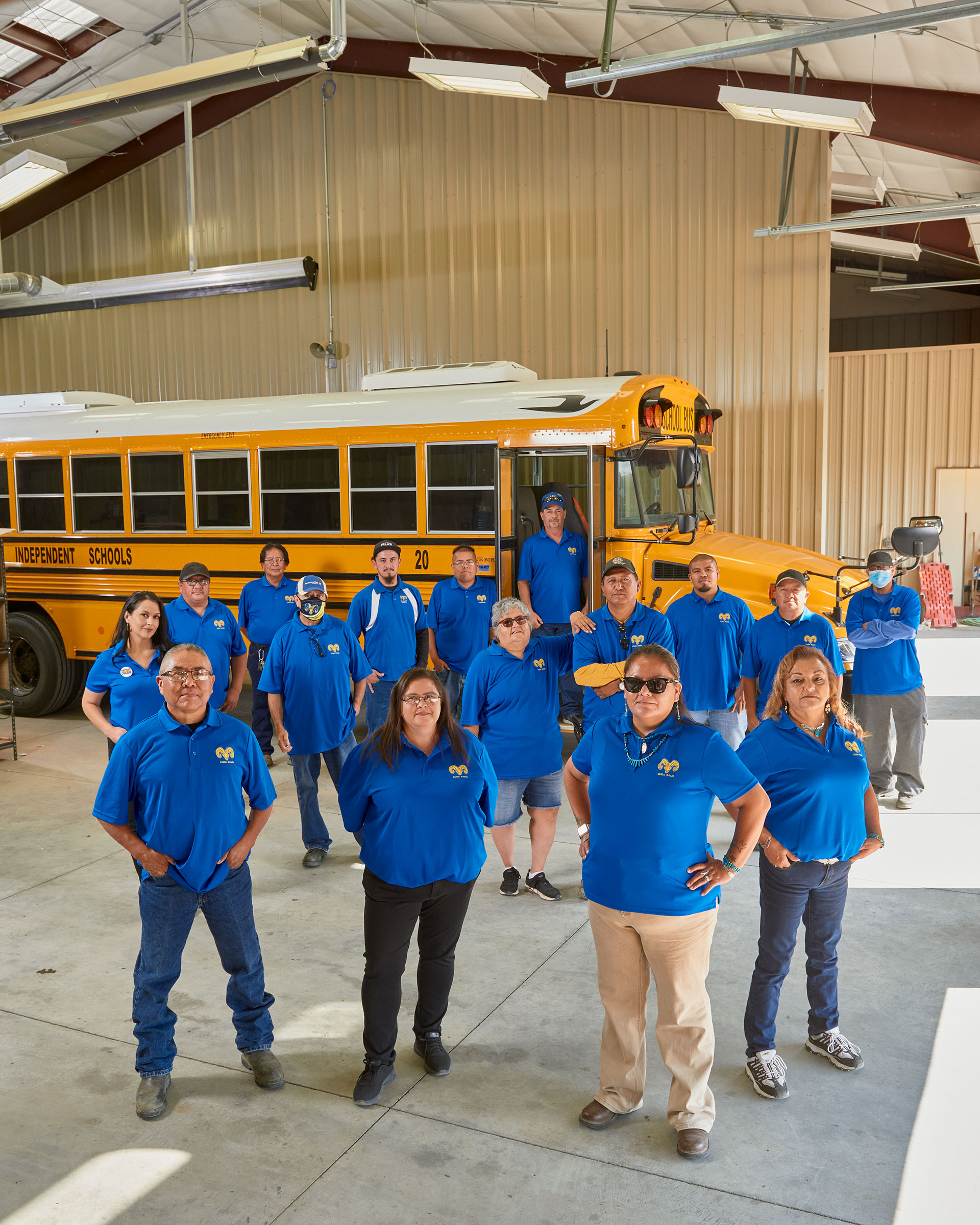
Some call them “a modern-day Pony Express.” Others call them “rock stars.” To students throughout New Mexico’s Cuba independent school district, they’re school-bus drivers who were a lifeline during months of social distancing and remote learning.
“We were their links to school for a while. Other than seeing the teacher on Zoom, they would see us in person,” says Ubaldo Kelly Maestas, 50. “Really the only contact they had with school was us, the bus drivers.”
The Cuba district serves a vast rural area about 80 miles north of Albuquerque. Most students are part of the Navajo Nation, and some live as far as 55 miles from school. For the district’s 13 bus drivers, who can cover more than 300 miles in a day, work sometimes begins as early as 4 a.m. As remote learning took hold, they drove their usual routes, but instead of picking up kids, they delivered food, water, schoolwork, clothing and cleaning supplies. In return, they picked up students’ finished homework or broken laptops and brought them back to school.
“We’re tired and exhausted,” says Tammy Atencio, 37, who is Navajo and grew up in the area of her bus route. But she says it was rewarding to know she was helping students keep learning. “Whatever they’re going through, they can depend on you to bring their schoolwork and bring food.”
In addition to the roughly 700 students in the Cuba district, for several months the drivers also brought meals to about 400 students outside the district who live in the community but weren’t receiving food from their own schools.
Whatever they’re going through, they can depend on you to bring their schoolwork and bring food. —Tammy Atencio
“They were really able to put the whole entire school district on their back and make remote learning possible,” says Victoria Dominguez, 31, a district social worker. “Although they had all these tasks, they never batted an eye.”
It was sometimes confusing for young students. “The kids were always asking me, ‘When are you going to start picking us up to go to school?’” says Larry Cebada, who missed joking around with kids and offering them snacks on long bus rides.
When some students returned for face-to-face learning, the drivers picked those students up for school in the morning, then went back out to deliver lunch to kids still learning remotely. Later, they would return to school for the in-person learners and take them home at the end of the day.
“Us drivers joke that we’re Uber Eats, we’re FedEx, we’re the medical attention. We have to take kids’ temperatures every morning,” says Cebada, 61. “We put on a lot of hats.” —K.R.
Andrew Williams, Woodshop teacher | Gilroy, Calif.

Andrew Williams had a front-row seat to the trials of teaching young learners virtually as he overheard his wife, a second-grade teacher, begging students to “pay attention” and “put the dog down,” and noticed how many children were working from one crowded kitchen table with their siblings.
“I thought, We’re not going to learn this way. We’re going to be like this for a year?” says Williams, a woodshop teacher at Christopher High School, about 80 miles south of San Francisco. “I’ve got to help out and do something.”
He started by building a desk for one of his wife’s students, then heard from other families who couldn’t find desks for their children, so he made over 50 more and gave them away to those in need. “They went like hotcakes,” says Williams, 56. “I was buying the material and building them as fast as I could.”
Williams couldn’t teach his own students typical woodshop lessons during remote learning. For a teacher accustomed to hands-on work, the desks became a valuable outlet.
“I was able to save a little sanity myself by staying busy,” he says. “It was really bothering me sitting behind a computer six hours a day. I’m not that kind of guy.” —K.R.
Anna Phelan, First-grade teacher | Philadelphia
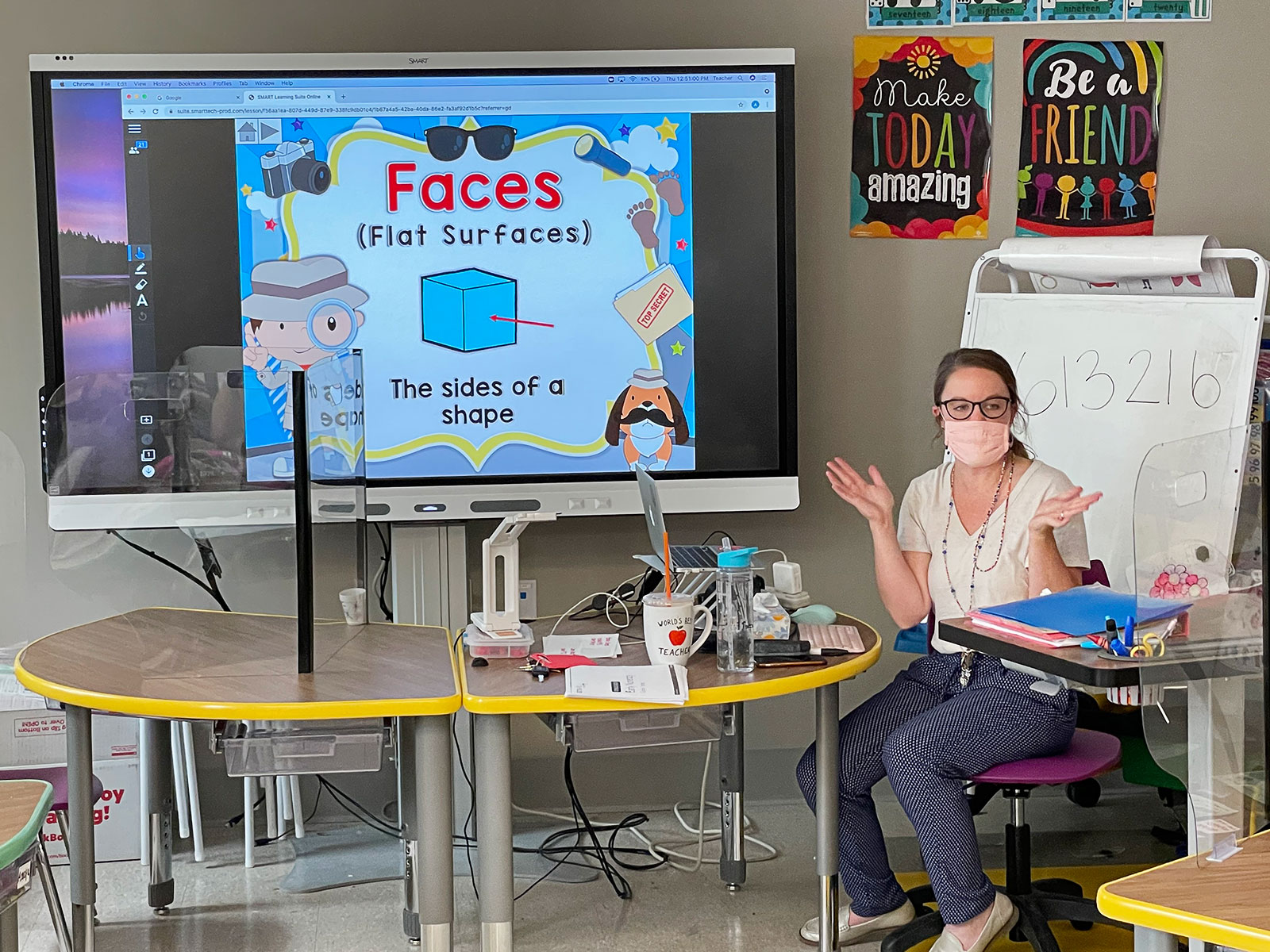
Kindergarten graduation is typically Anna Phelan’s favorite day of the year. When COVID-19 ruined her plans for a typical celebration in spring 2020, she dropped off T-shirts, fabric markers and kid-size graduation caps to each of her kindergartners, and held socially distanced celebrations for them at school, one at a time.
And when she realized her students at Overbrook Educational Center in Philadelphia would begin first grade virtually in the fall of 2020, Phelan volunteered to move up a grade to give the children a bit of consistency.
If I have to be creative, that's fine. If I have to be driving around the city, that's fine. But my kids are going to learn. —Anna Phelan
As she saw that virtual learning wasn’t serving many of her students, she compiled binders of everything they needed for upcoming lessons—index cards of words they were learning, writing and math worksheets, art supplies—and delivered them to parents every two weeks. She met them at school, outside their homes and jobs, and even at gas stations.
Phelan, 29, heard from parents who were grateful when she paid special attention to students struggling to learn remotely, who texted her when their child’s reading improved and who thanked her for sending home school supplies.
“I committed to teach these kids in any way possible,” she says. “If I have to be creative, that’s fine. If I have to be driving around the city, that’s fine. But my kids are going to learn.” —K.R.
Alex Clark, Phys-ed teacher | Washington, D.C.
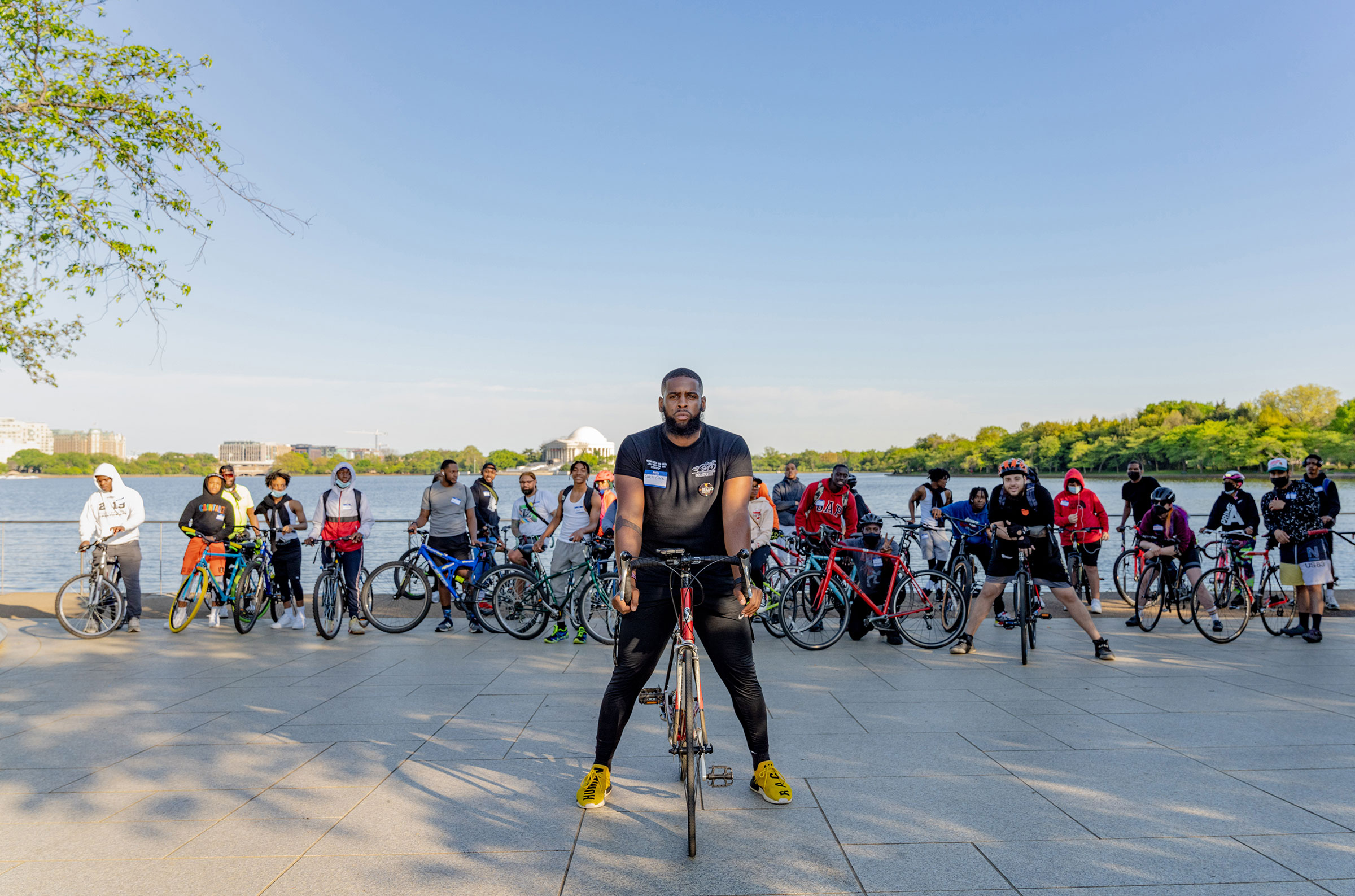
Alex Clark tried to make do with virtual physical-education classes. He streamed workouts on Instagram Live, watching students get competitive with one another in the comments. He led virtual classes, asking students to turn on their cameras for moves like high-knee exercises and jumping jacks.
But as Clark, a physical-education teacher, took up biking on his own during the pandemic, he began to think it might be fun for his students too—an opportunity for them to see one another and different parts of Washington, D.C.; to stay active; and to get out of the house. “Our students had so much idle time because there were no extracurricular activities,” says Clark, who teaches at Dunbar High School, which opened in 1870 as the country’s first public high school for Black students. “All of that was taken away because of the pandemic.”
Clark, 30, sought donations to buy bikes and helmets, and in August 2020, he started leading community bike rides twice a week, offering students extra credit if they participated and encouraging them to bring a friend. Forty-five to 50 students now join each ride, and the program has grown so popular that students from other schools participate.
Other teachers have joined the rides too. “It takes a village to raise a child,” Clark says. “That’s exactly what this program is. It’s a village of people just wrapping their arms around kids.”
On Aug. 30, he kicked off the new school year with another bike ride, persuading about 20 students around the city to ride their bikes to the first day of in-person classes. —K.R.
La’Keshia Johnson, Kindergarten teacher | Okolona, Miss.

From spring 2020 until schools reopened that fall, La’Keshia Johnson never missed a day of delivering meals to students in her rural Mississippi community, volunteering to assemble learning packets and riding on school buses with breakfast and lunch in tow. “We wanted to make sure every student was taken care of,” says Johnson, a kindergarten teacher at Okolona Elementary School. “You’re so accustomed to seeing their smiling faces up and down the hall. The pandemic kind of took that away.”
Knowing that her students were isolated at home, she mailed them letters modeled after the Flat Stanley books and encouraged them to write back and include pictures with their “Flat Ms. Johnson” cutouts.
When in-person learning resumed, Johnson, 33, could no longer greet them with hugs and high-fives. But the most rewarding part of her job never changed, as she watched students enter kindergarten unable to recognize letters and leave able to read a book aloud. —K.R.
Jordan Dischinger-Smedes, Science teacher | Grand Rapids, Mich.
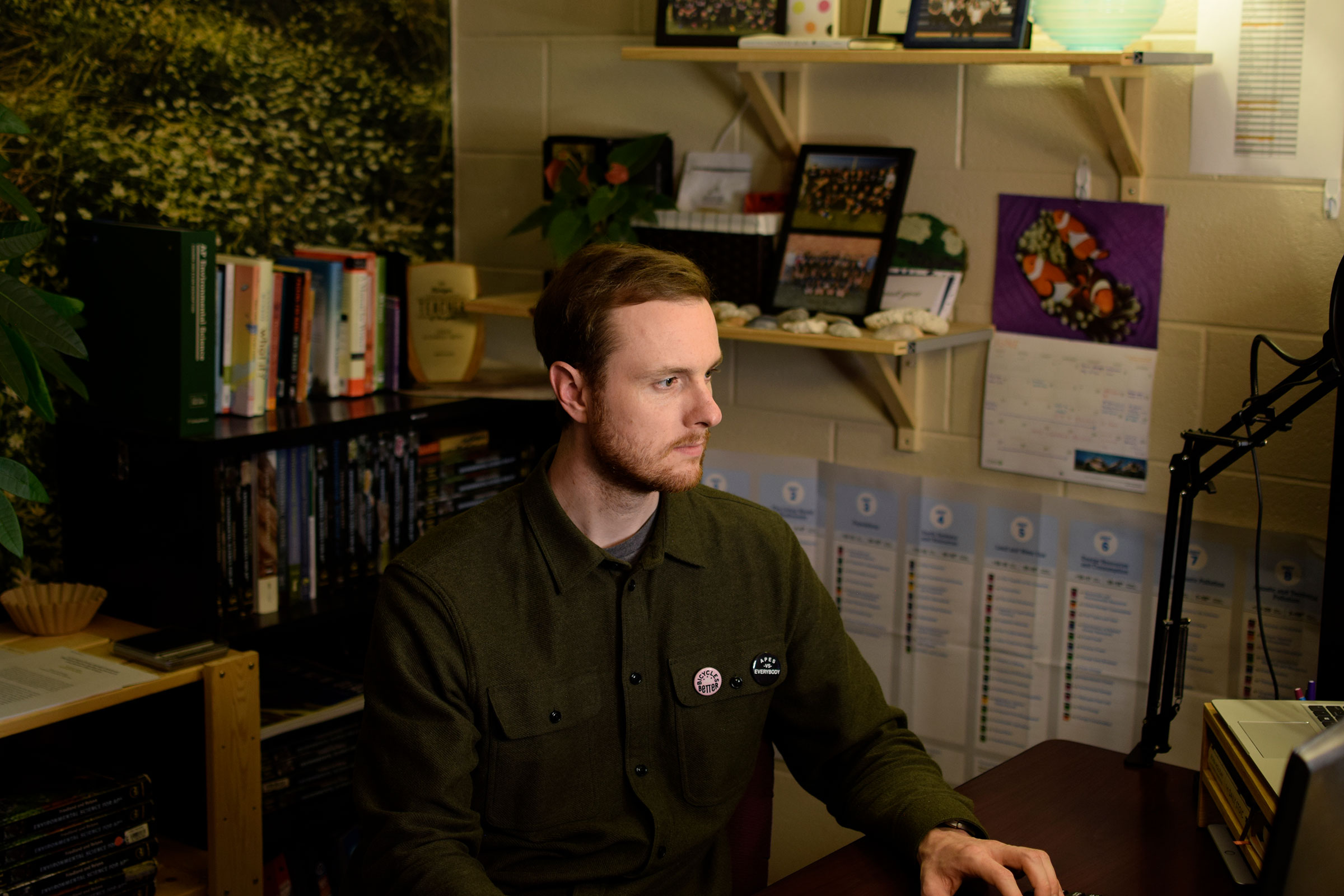
Jordan Dischinger-Smedes wanted to ensure that his AP environmental-sciences students could be flexible with study time while dealing with real-life stress from the COVID-19 pandemic. So in April 2020, the 29-year-old launched a YouTube channel, where he teaches students what they’ll likely find on the AP exam.
“YouTube is a place where kids are spending tons of time already,” says Dischinger-Smedes, who has been teaching the AP course at Grand River Preparatory High School for six years.
Through YouTube, he has not only reached his own students, but has also found students from all over the country who would ask questions via comments, and he’s found teachers who are new to the AP course. As of August, the channel had nearly 4,000 subscribers. Some videos have received nearly 30,000 views. “It’s been, honestly, kind of unbelievable to share [this content] with people,” he says.
Still, the most successful tool Dischinger-Smedes has used is empathy. In 2020, some of his students had to take on jobs, he says, and others became caretakers for family members. “That made me take a step back and reframe the importance of the AP exam,” he says. He reminded students not to sacrifice their mental health, and in a recent video he told them, “Your exam score does not define you.” —J.A.
Keith Pretlow, Culinary-arts teacher/Assistant principal | Philadelphia
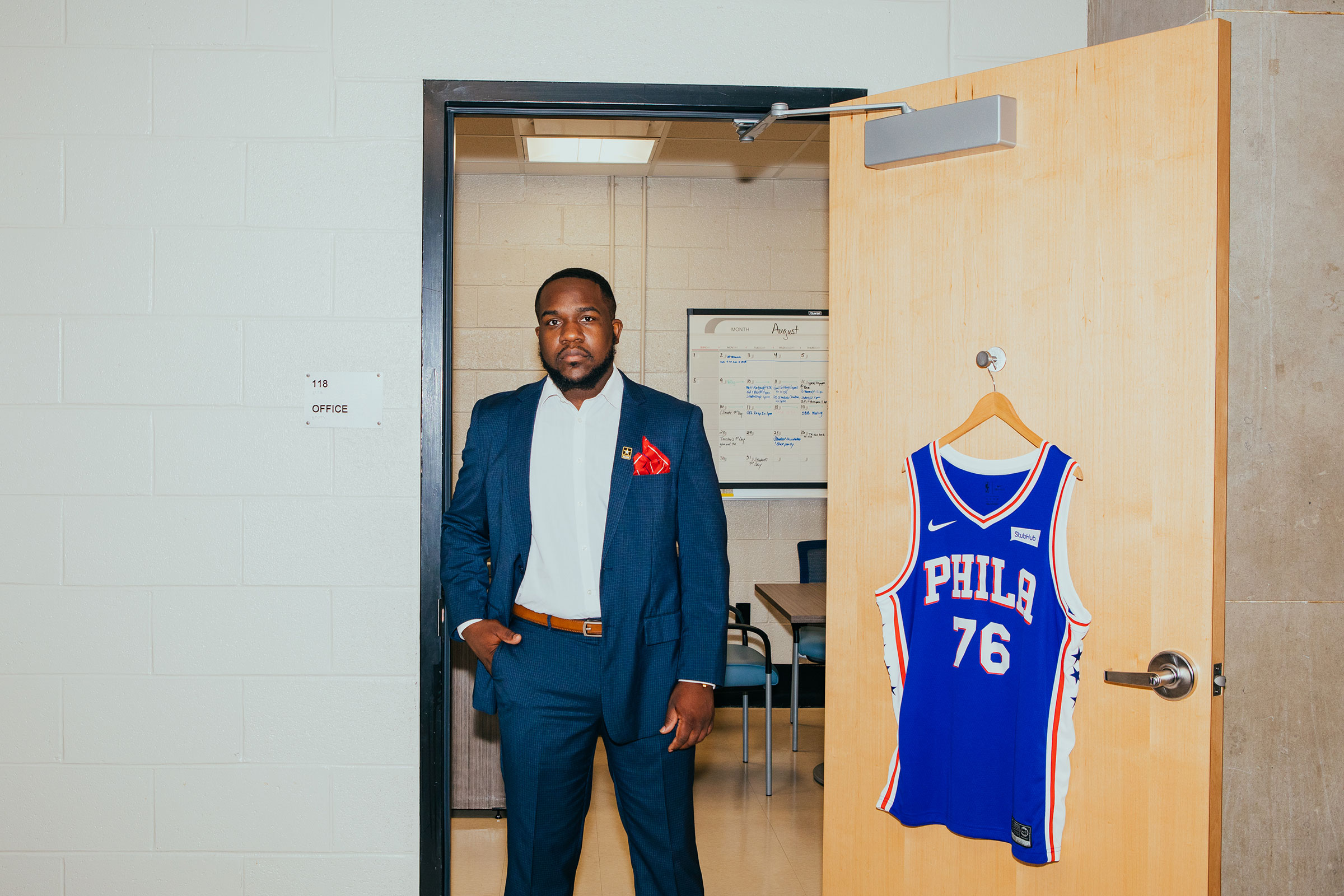
Keith Pretlow had to get creative. As the pandemic plunged Benjamin Franklin High School into remote learning in March 2020, the culinary-arts teacher needed to find a way to keep teenagers engaged in what was normally a hands-on class, while also overseeing senior activities and pushing students toward graduation in his role as senior sponsor. So 32-year-old Pretlow turned to the Internet, adjusting his teaching style and using Google Meet to demonstrate his recipes. He got an enthusiastic response; some students started sending TikToks or other videos of their cooking attempts.
Parents were invited to take part in class and to cook at home whatever recipes the class was trying out. Pretlow even launched a “Cooking With Chef Pretlow” club, open to the entire school, over Google Meet; he answered questions, and families competed in “plating contests” to see who could make the best-looking dinner. Because not all students had access to ingredients at home, he expanded his curriculum to cover the business side of culinary arts—including Business 101, Accounting 101, hospitality law and food science—in addition to recipes. His goal was to keep the kids invested in their education.
Kids pick up whatever you put down. If you make it positive, you make it fun, it will be fun and positive for them. —Keith Pretlow
“Kids pick up whatever you put down. If you make it positive, you make it fun, it will be fun and positive for them,” Pretlow tells TIME. “But if we make it a negative situation, then that’s what they’re going to gravitate to.” And he didn’t stay all-virtual. Because he cooked all day for class, a masked Pretlow would leave meals at the doors of a couple of students’ homes around once a week.
Remote learning has been destabilizing for many of his students, he says, adding that several died during the pandemic not from the disease but from losing the safe haven school can provide. “For a lot of kids, we are the structure,” Pretlow says. “Not having my kids around, not knowing that the kids are safe, I think that was the hardest part for me.”
Pretlow has since been promoted to assistant principal, so he won’t be cooking with his students when classes resume. “It’s bittersweet,” he says. “But now I’ll be able to impact a lot more kids.” —M.C.
Leslie Esterly and Heather Fisher, Special-education teachers | Reading, Pa.
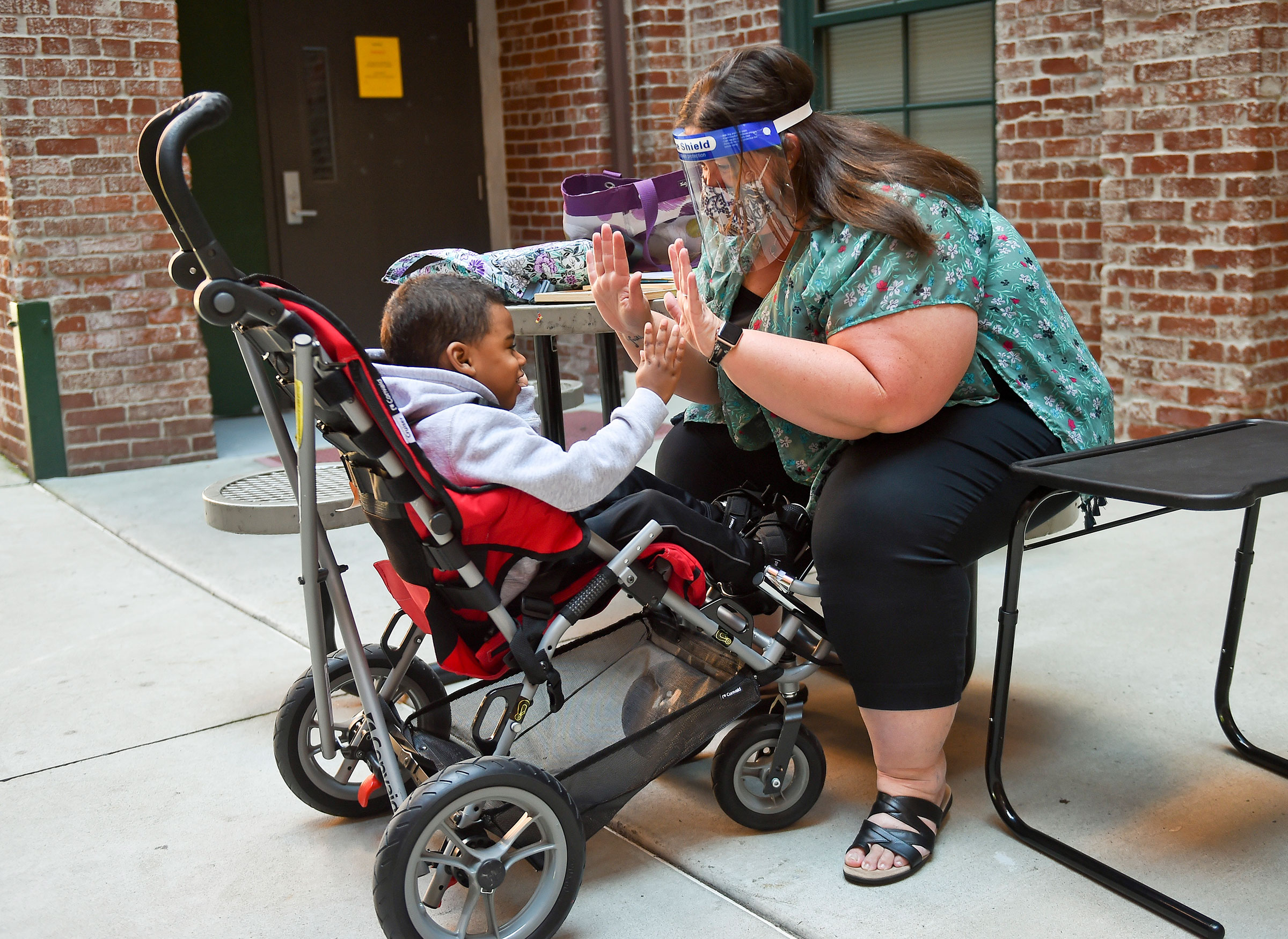
It didn’t take long for special-education teachers Leslie Esterly and Heather Fisher to realize that virtual learning wasn’t working for their students. Esterly (above) and Fisher teach at Lauer’s Park Elementary, and their students include children with physical and mental disabilities who rely on hands-on learning tools. Many are unable to work on a computer alone and need a teacher to guide their hands.
“My students, although they attended, sometimes they would get kind of shut down and not want to work or not want to be on camera and walk away or put their head down and cry. It just wasn’t working,” Fisher says of her early attempts to teach virtually. “They weren’t engaged like I want them to be, and they weren’t learning.”
I taught on kids’ front porches, I taught on the back deck. I taught in the front yard. I taught in the backyard. —Heather Fisher
Since the start of the pandemic, disability-rights advocates have raised concerns that millions of students with disabilities weren’t being served by virtual learning. Last fall, Fisher and Esterly asked their district if they could instead visit students at home and teach them outside one-on-one, wearing face masks and face shields. They visited five students each, three days a week, bringing supplies to teach puzzles and letters and to model how to follow directions and participate in class.
“I taught on kids’ front porches; I taught on the back deck. I taught in the front yard. I taught in the backyard,” says Fisher, 32. “You could see the change in my students’ demeanor. They were happy to see me. Their eyes lit up.”
When winter weather made outdoor learning untenable, the teachers met with students one at a time inside a district building. “My job is to meet their needs, however I can,” says Esterly, 39. “As long as they were safe, we were willing to do it.”
By April, both teachers had returned to their classrooms with students whose parents were comfortable resuming in-person instruction. Their district is offering full-time in-person learning this fall.
“Teaching’s my passion,” says Fisher, who is eager to see all her students back in her classroom again. “When my students aren’t learning the way that they should be or are not getting the most out of what I’m teaching them, then I have a problem. I can’t just sit back and do nothing about it. I have to act on it.” —K.R.
Kimberly Pokrandt, School nurse | Pine Island, Minn.
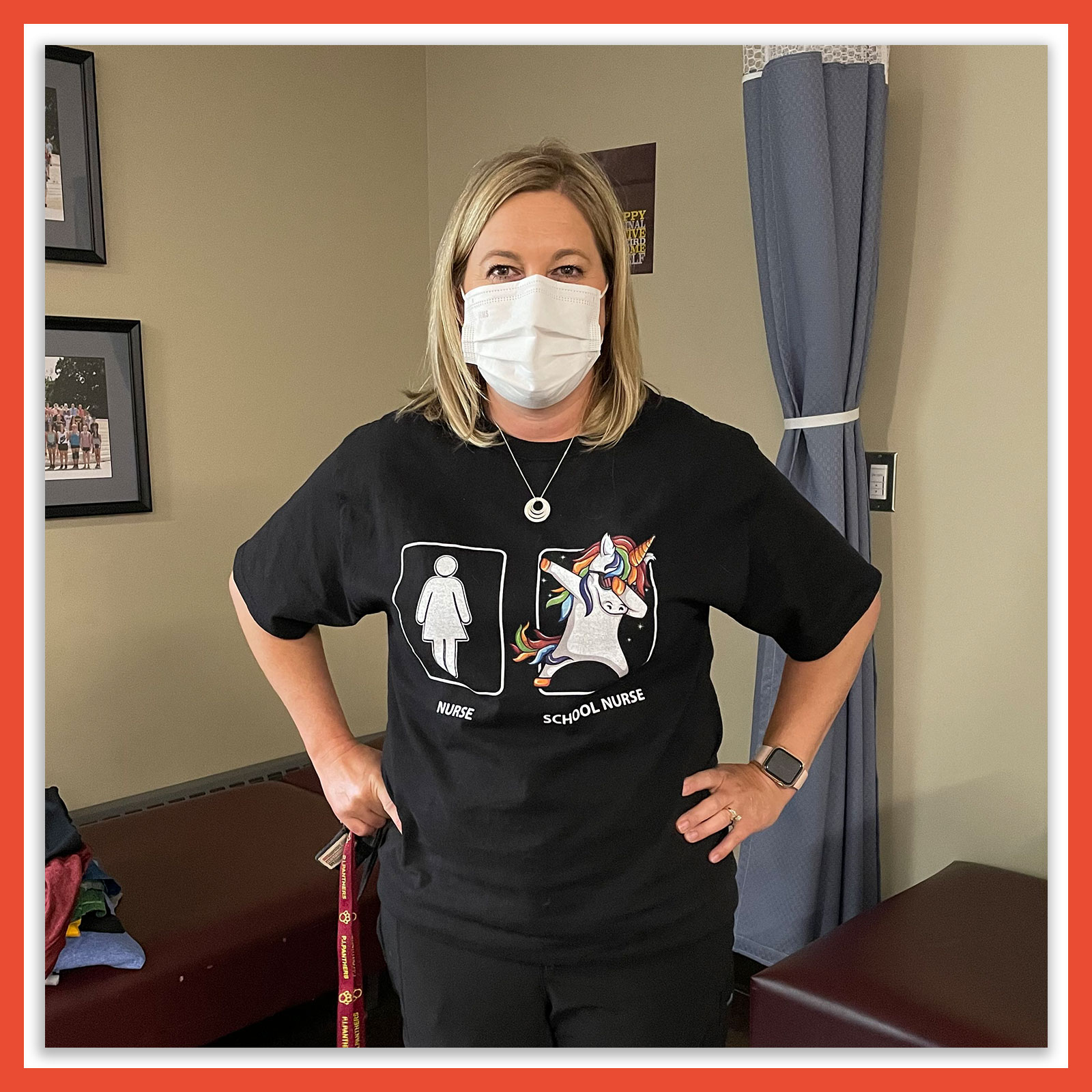
Kimberly Pokrandt used to be a neonatal nurse in an intensive-care unit, but she says contact tracing in her school district and advising students when to quarantine was “the hardest thing I’ve ever done in my entire life.”
It meant asking students for specific details about their lives: whom they’d sat next to in class, or who was in their car pool. During football season, it meant telling players they had to miss a game and hearing from angry parents, “telling me I ruined their child’s life.”
Contact tracing was one of many responsibilities that Pokrandt, a nurse for Pine Island public schools, took on to keep kids in school. She held COVID-19 vaccine clinics for children ages 12 and up, and for adults who wanted to be vaccinated by someone they trust. “If I’m modeling what we need to do to get out of this situation, I think they’re more likely to do it,” says Pokrandt, 42. “School nurses really had to be leaders throughout this pandemic. Nurses in the hospital are not doing the contact tracing or quarantining kids from school and managing that health care. The school nurses are.” —K.R.
Pedro Dones, Math teacher | Bronx, N.Y.

Pedro Dones isn’t your typical math teacher. A professional wrestler in his spare time who jokes that he’s the “prince of positivity,” Dones transformed into his wrestling alter ego, the Big Action, to make virtual lessons more entertaining for his seventh-grade students. “When we’re in class, there’s magic. We’re dancing, we’re singing, we’re jumping up and down,” he says. “I had to bring that pizzazz into my videos.”
He donned a purple and gold sequined suit and taught students about dividing fractions by comparing an equation to a wrestler’s backflip. He explained perimeter and area by using a wrestling ring as a visual example. “It was a complete game changer,” says Dones, 38, who teaches at the Academy for Personal Leadership and Excellence in New York City. “You’ve got to do whatever it takes to keep the kids engaged, to be there for them, because we were their only lifeline of interaction.”
Dones says he prioritized empathy over math, offering flexibility on assignments as students faced challenges at home, including one who couldn’t complete online assignments until after midnight, when her mother got home from her job as a nurse and handed over her cell phone. He created a math channel on YouTube to better reach students, and offered virtual tutoring. “These kids need me, and I need them,” he says. “I need to be there for them.”
The pandemic impacted his students differently. Some thrived during virtual learning, while others struggled with loss and isolation. As he plans for the coming school year, Dones is keeping that in mind. “Embrace the technology. Embrace the creativity,” he says. “And don’t have a one-size-fits-all model of teaching.” —K.R.
Karalee Wong Nakatsuka, History teacher | Arcadia, Calif.
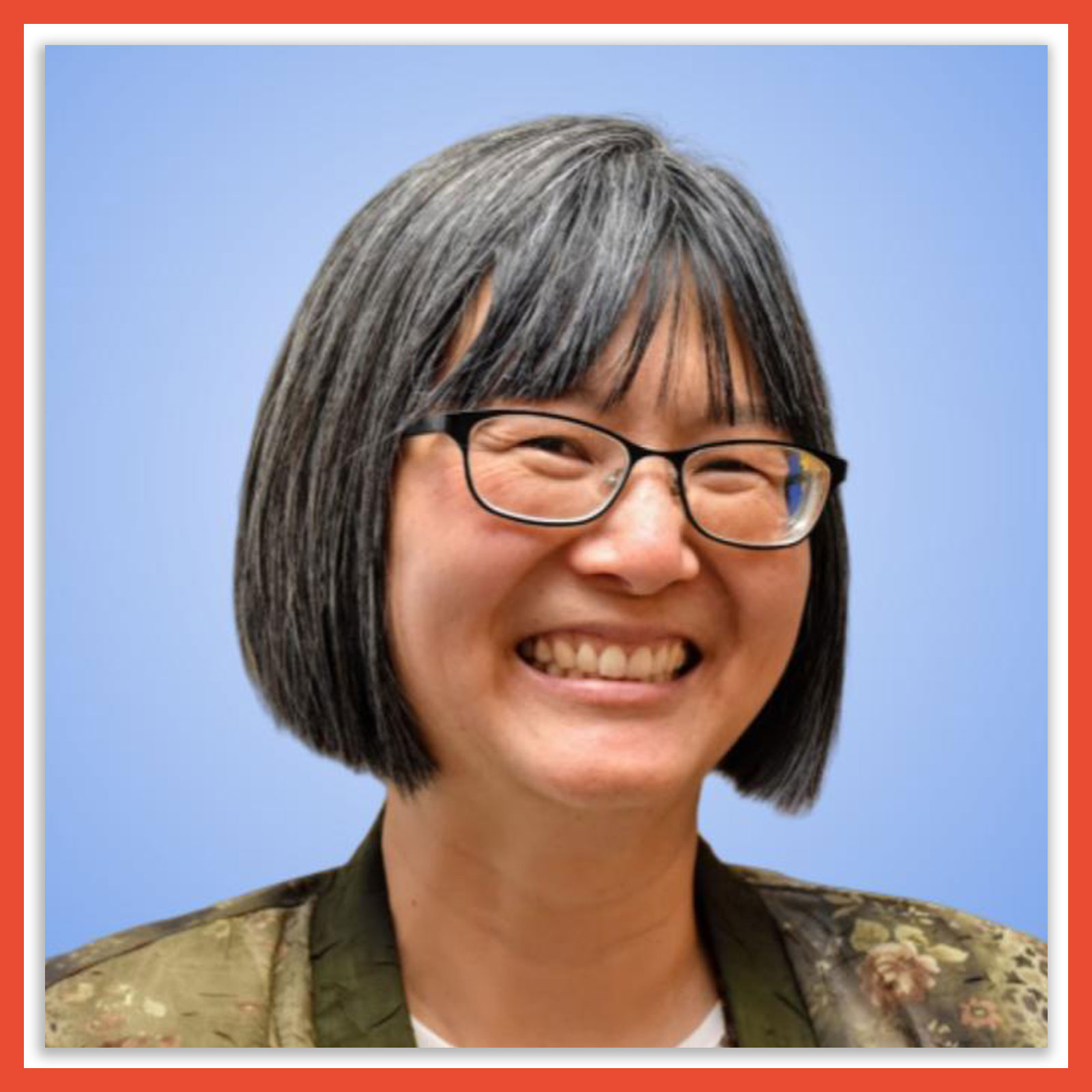
On March 17, the day after a gunman in the Atlanta area killed eight people, including six women of Asian descent, Karalee Wong Nakatsuka knew she had to change her lesson plan. Instead of focusing on Ellis Island, the 8th grade teacher at First Avenue Middle School decided to examine the history of anti-Asian discrimination in the U.S.
Her district is about 70% Asian American and Pacific Islander, and students had been confiding in her about their fears of anti-Asian hate crimes amid the pandemic. Some parents no longer let their kids walk around alone.
Nakatsuka’s first priority was making students feel comfortable speaking up about their feelings and experiences. “The class bonded … [we] could really talk to each other,” says Nakatsuka, 54, who encouraged them by sharing her own history as a granddaughter of Chinese immigrants.
She says the pandemic, and the social issues it stirred, has highlighted how learning history can help people become better citizens. “Our students learn citizenship is important,” Nakatsuka says. “We have to understand, ‘What does it mean to be American?’” —M.C.
Jacqueline Washington, School culture facilitator | Detroit
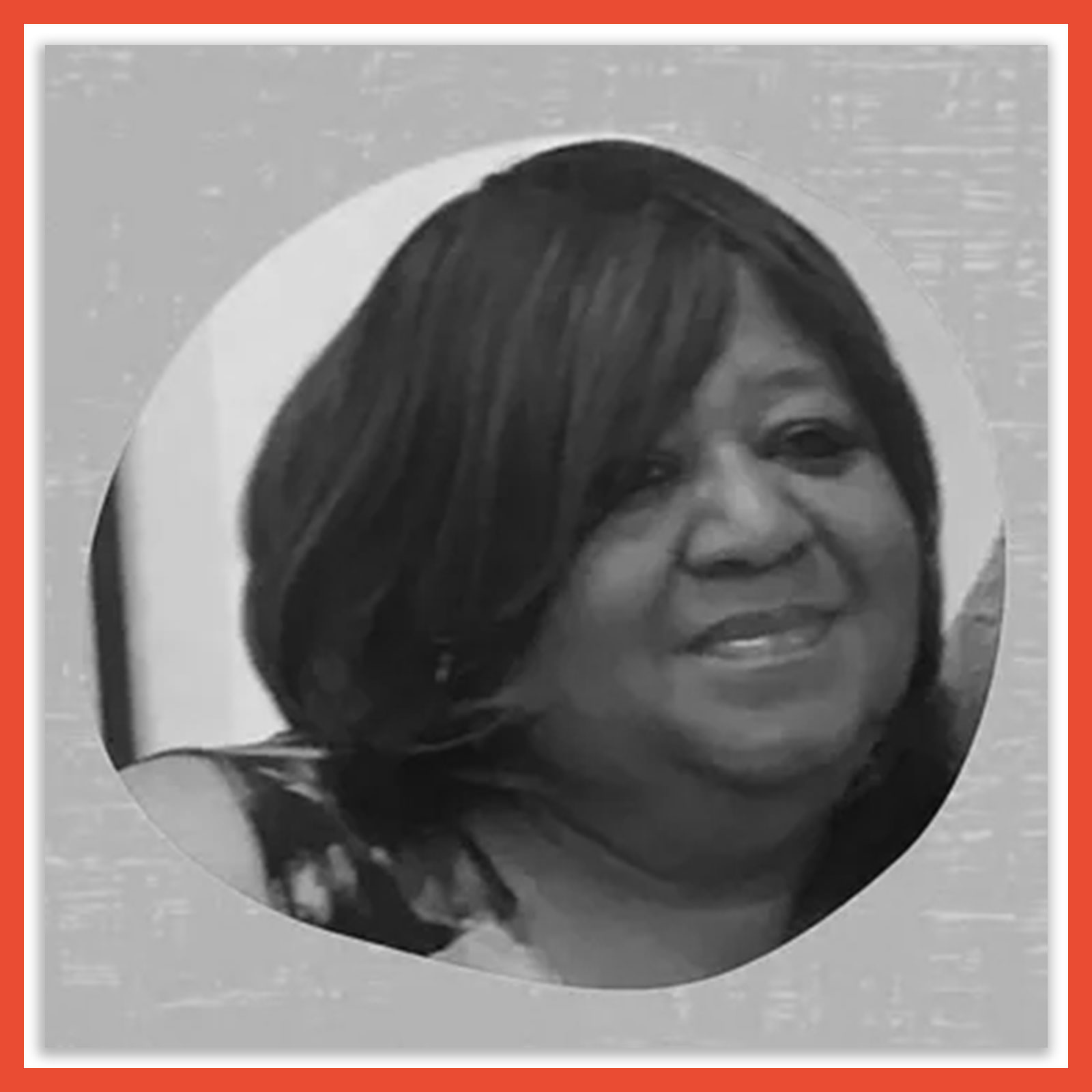
The food banks around Detroit know Jacqueline Washington as a regular. For over a year, she visited as many as she could every week, filling her minivan with groceries and delivering them to the families of Clippert Multicultural Magnet Honors Academy, where more than 80% of students are eligible for free lunch.
It began when Washington, whose official title is school culture facilitator, started hearing from families who needed help getting food or paying bills at the start of the pandemic. She and a school counselor organized a spreadsheet to keep track of each family’s needs, and Washington asked her principal for permission to make the deliveries herself, taking food and other essentials to her own students and to families from neighboring schools.
She brought diapers, toilet paper and dog food to a mother whose husband had recently died of COVID-19. “When I gave her the bag and popped the hatch, and she saw all the food, she broke down and sat on the curb and started crying,” says Washington, 63. “That’s the moment that I knew that maybe I’m making a difference.”
When she realized how many people in her neighborhood were elderly or didn’t have cars to get to a food bank, she picked up extra food and set up a makeshift “grocery store in my front yard.”
“You can’t start helping people and just stop when you know the need is there,” she says. “The need is not going to go away.” —K.R.
The Lit Ladies, Teachers | St. Paul, Minn.
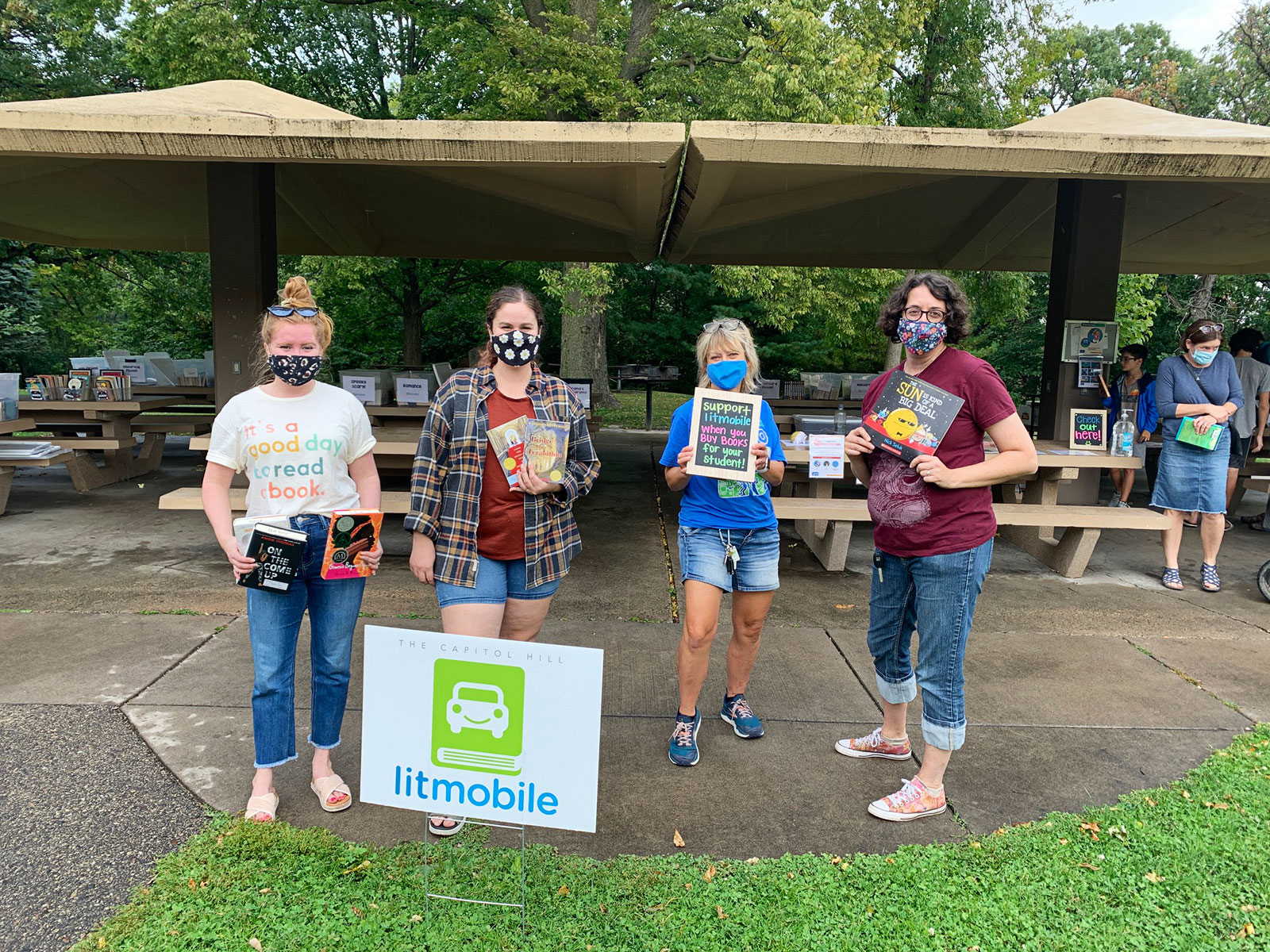
If you walked around St. Paul, Minn., long enough in the fall of 2020, you may have run into the so-called “Lit Ladies.” You might have spotted them camped out in a gazebo, or huddled next to a space heater in a park, or handing out hot cocoa by the Zoo. Regardless of where you found them, they’d be surrounded by books, running their LitMobile.
The LitMobile, a traveling library, was born from a conversion about ice cream trucks. Lisa Schibel, Linda Morrison and Sarah Schupanitz—all sixth grade language arts teachers in Capitol Hill Magnet School—had met in the late summer of 2020 to discuss the looming semester of remote learning.
“We were just getting our bearings straight and thinking, ‘Oh my gosh. What are we going to do? How are we going to get books into our students’ hands?’” Morrison, 58, recalls. At one point someone brought up ice cream trucks—and Schibel had an idea. What if they brought their books to their kids instead?
They got to work, moving and categorizing books from their classrooms into bins and buying more books with donor funds. Then they agreed to run the LitMobile in a different park Monday through Friday for a week every month. Rather than a truck, they transported the mountains of books in their own cars. Two other teachers, Katie Bannon and Katie Moore, also joined the effort.
Because we had so many donations, we were able to help kids that weren’t in our school community. And that was really joyful. —Lisa Schibel
It was a hit. Some days 60 to 75 students showed up, Schupanitz estimates. The self-proclaimed Lit Ladies worked together, rotating who sat in the back and taught virtual classes via hotspots, and who interacted with the students and parents. Schupanitz had her graphic designer father make them a logo, and another had a baker friend make book-shaped cookies for the kids.
“[The students] were so happy,” Morrison says. “They would come and pick out books, connect with teachers, connect with their peers.”
Sometimes kids who didn’t attend Capitol Hill would wander over to see what was going on and be invited to take books. “Because we had so many donations, we were able to help kids that weren’t in our school community,” says Schibel, 47. “And that was really joyful.”
While rewarding, running the LitMobile could be grueling, as on the day a storm dumped more than 6 inches on the city. The teachers huddled around space heaters and tried their best to virtually teach while kids checked out books, drank hot cocoa and started snowball fights with friends they rarely got to see in person. “It was so ridiculous,” Schupanitz says, “Yet so joy filled at the same time.”
When reflecting on all she’s learned over the past year, Morrison says one of biggest takeaways has been “the importance of getting books into childrens’ hands.”
It’s still unclear what the fall will bring; but Schupanitz says they hope to keep the LitMobile going in some way. “It helped build community and excitement around reading,” she says. “We want to keep that energy going.”
Georgiana Guzman, Food-service worker, Santa Cruz, Calif.

When schools closed in the spring of 2020, Georgiana Guzman, a food-service worker for Gault Elementary School, knew that many children wouldn’t just miss classes; they’d also miss meals. So she started serving lunch outside the school. Only a few students showed up—families either didn’t know Guzman was there, or they couldn’t get to her. Guzman brainstormed with her principal and their director of food services, and they decided to take the meals to the kids instead.
The Santa Cruz city schools district opened four outdoor meal-pickup sites for all students. The district serves 7,000 kids—roughly 90% of whom qualify for free lunch—in Santa Cruz, about 70 miles south of San Francisco. Guzman, 41, served an average of 90 to 170 meals a day, five days a week, for a year.
Grateful parents offered her cocoa or tea; kids wrote her thank-you notes. Those moments helped keep Guzman going. “What motivated me was to just feed the families,” Guzman says. “That’s what I was thinking, to not let my kids go without a meal.” —M.C.
Mick Simpson, Custodian | Vacaville, Calif.
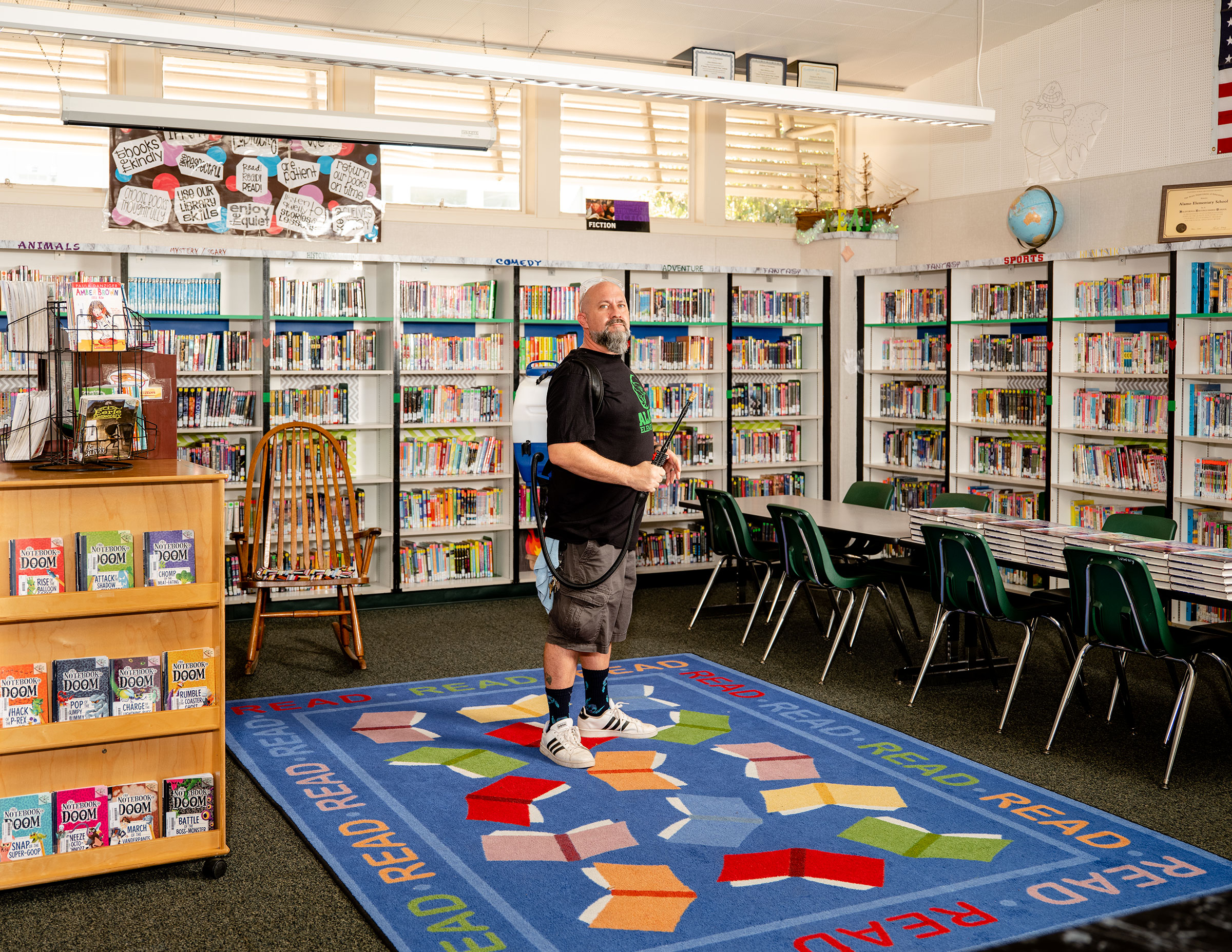
Mick Simpson noticed that kindergartners seemed a little scared when they returned to the school building in the spring and saw him walking around with a backpack of disinfectant, spraying everything down. So he got playful, decorating his gear with a Ghostbusters sticker and dubbing himself the “COVID Buster.”
“I try to keep it fun and exciting to come to school,” says Simpson, 50, a custodian at Alamo Elementary School in Vacaville, Calif.—a city of about 97,000 residents, roughly 55 miles northeast of San Francisco.
His job took on added urgency during the pandemic, as keeping classrooms clean became an essential part of keeping children in school. When students returned to the building in March, after a year of virtual learning, Simpson cleaned every classroom and bathroom once during lunch and again at the end of the day, disinfected equipment for gym class, and reminded students to keep their masks on and stay a safe distance from one another.
He also participated in some of the school’s morning videos during remote learning, dressing up in costumes, including Captain Underpants and SpongeBob SquarePants, and reading announcements in character. And last summer, when school buildings were still empty of children, Simpson decided to paint a mural of more than 30 children’s TV characters in one of the school bathrooms. When he finished shifts of deep-cleaning classrooms and rearranging furniture, he spent his free time painting Mister Rogers, Winnie the Pooh, Big Bird and the Pink Panther. He says his students love it.
“I think the custodian is kind of the hidden superhero of all schools,” Simpson says. “I’ve been roaming this planet for 50 years and finally figured out what I want to be when I grow up, which is a custodian.” —K.R.
Brian Fox, Karla Zambrano-Armijos | The SF Loves Learning program team
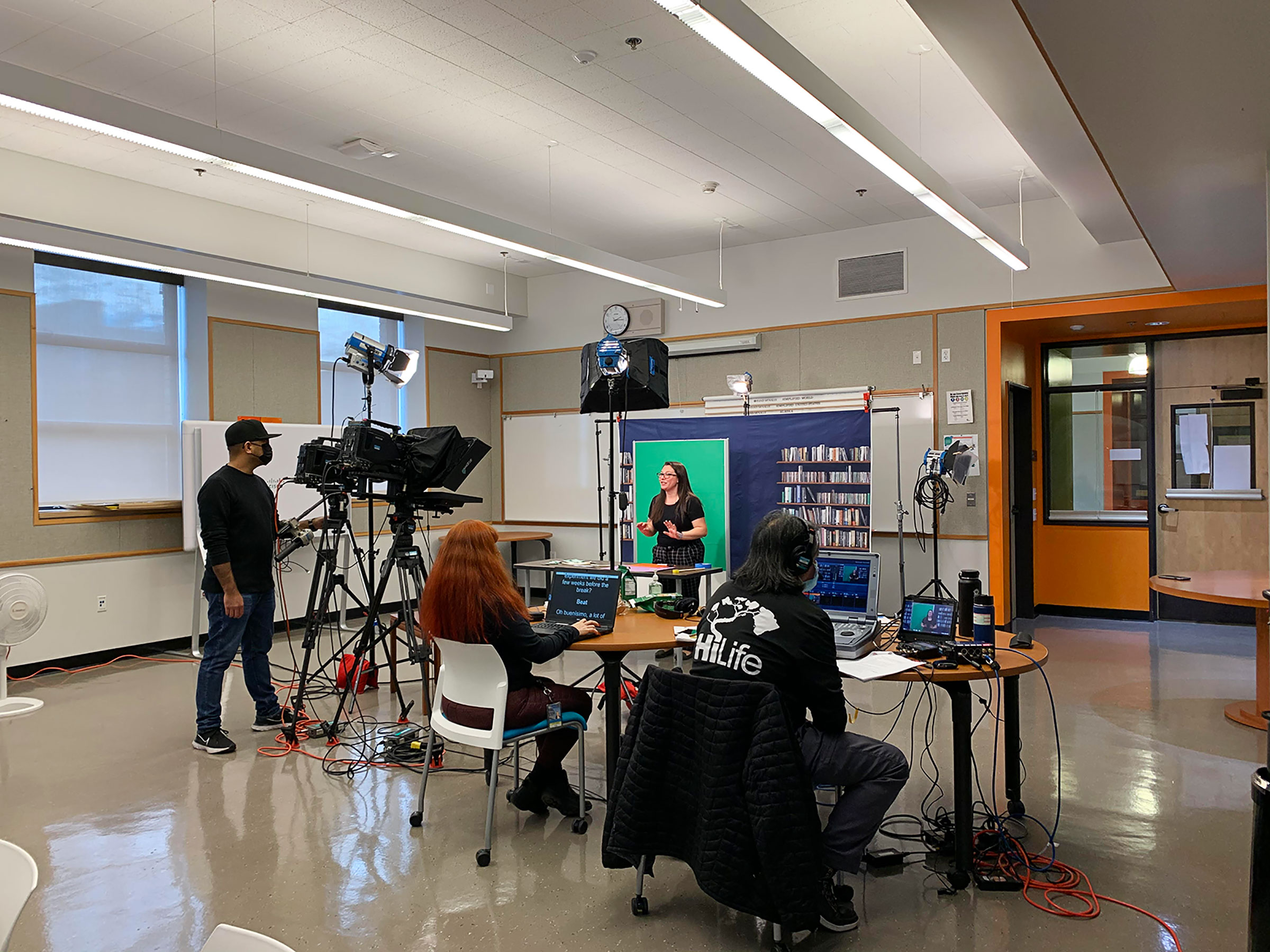
Karla Zambrano-Armijos had no idea why she had been summoned suddenly to a meeting one morning in March 2020. She certainly didn’t expect Brian Fox, an administrator with the San Francisco unified school district, to ask her to help coordinate an hour-length daily TV show for the city’s kids during lockdown.
The first episode of the show, tailored to kindergartners through second-graders, would air in two weeks. Zambrano-Armijos, a family-support specialist, was selected because of her expertise in early-childhood education, and under Fox’s leadership, she and several other educators were tasked with producing the show, SF Loves Learning, to air on the local KTVU Plus channel and to stream on YouTube.
To get it done, Zambrano-Armijos says, they “called on the city.”
The city responded.
We were just living hour by hour, just trying to get it done. It was insane. —Karla Zambrano-Armijos
The Bay Area Discovery Museum and California Academy of Sciences provided segments about natural science. The San Francisco Ballet and the Physical Education Office partnered to produce daily activities to get kids moving. The public library, school librarians and local authors helped tape read-alouds, and the local San Francisco government helped by filming academic segments in the district’s library. Jerel Baldomero, a policy analyst for the district, agreed to edit because he had prior knowledge of cutting video, even though he was on the East Coast.
“We were just living hour by hour, just trying to get it done. It was insane,” says Zambrano-Armijos, 39. All the while, each team member worked a regular day job. But they got it done. The show ended up running for three seasons, longer than anyone expected.
“I [taught] a second-grade class by day and the rest of San Francisco by night,” says Jade Meza, 27, Season 3’s daily teacher. There are no plans for a Season 4, but many episodes are online, and some teachers are planning to incorporate segments from them into their lesson plans. And Zambrano-Armijos hopes all that hard work will keep educating kids for years to come. —M.C.
Amanda Breheny, Spanish teacher | Queensbury, N.Y.
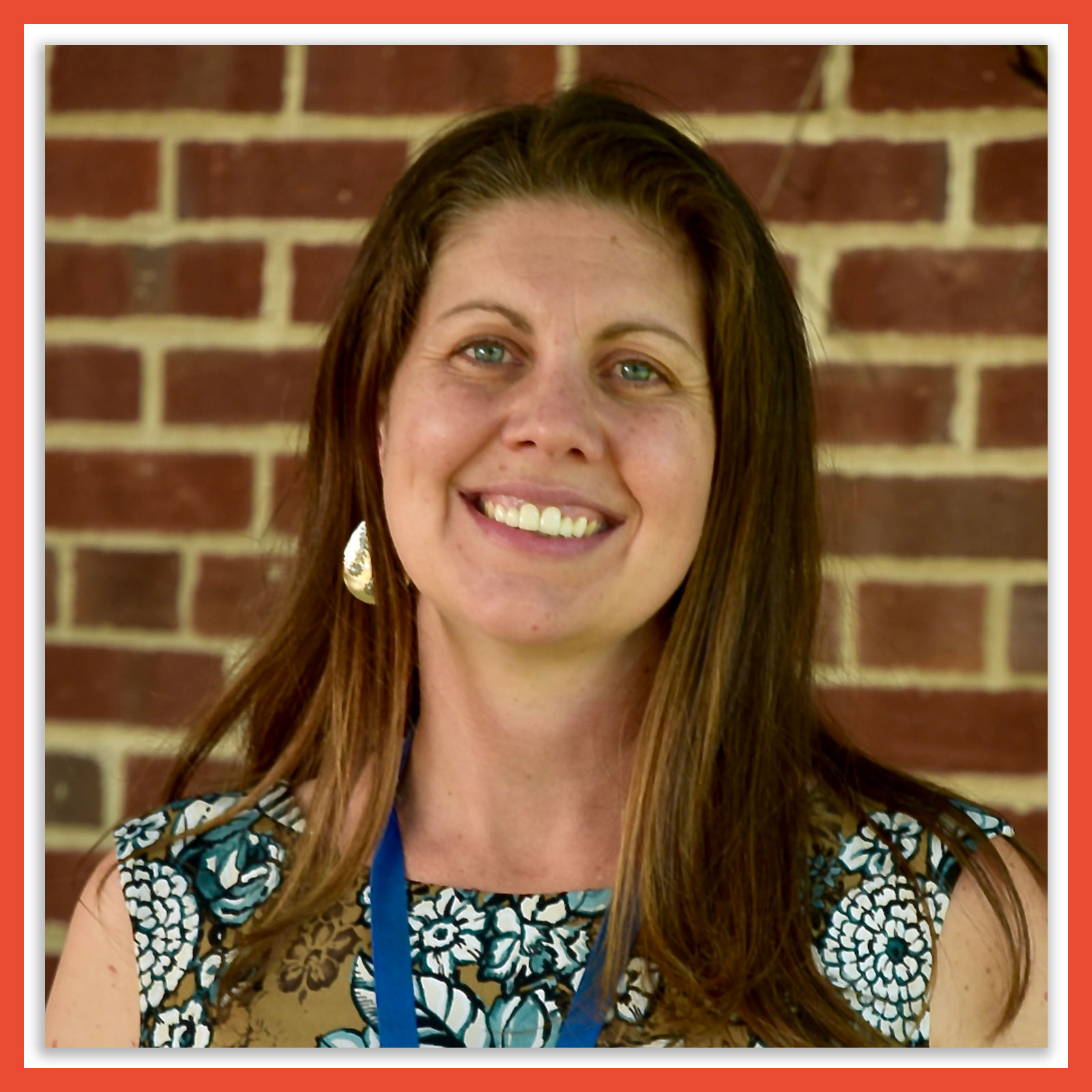
When the COVID-19 pandemic forced students into remote learning, Amanda Breheny brought the world to them.
The 41-year-old Spanish teacher at Queensbury Middle School, about 215 miles north of New York City, welcomed guest speakers from as far away as Mexico and Honduras to teach her students about the importance of access to clean water.
Students learned in Spanish while people on the ground in Honduras explained the challenges of accessing clean water there. Breheny says the pandemic helped many of her students appreciate the severity of lacking clean water. “For them to learn that there are kids that go home and they can’t wash their hands during a pandemic, that just, I think, it really hit home with them,” she says.
Students in Breheny’s classes launched an awareness campaign, creating videos in both English and Spanish about the importance of clean water. They raised about $100 to purchase a water-filtration system for a family in Honduras.
Breheny plans to continue using technology to connect students with people around the world. “In the coming years,” she says, “I can work with a teacher in Honduras or in Mexico or Guatemala with my Spanish students sitting here in upstate New York.” —J.A.
Glenda Moton, English teacher | North Miami, Fla.
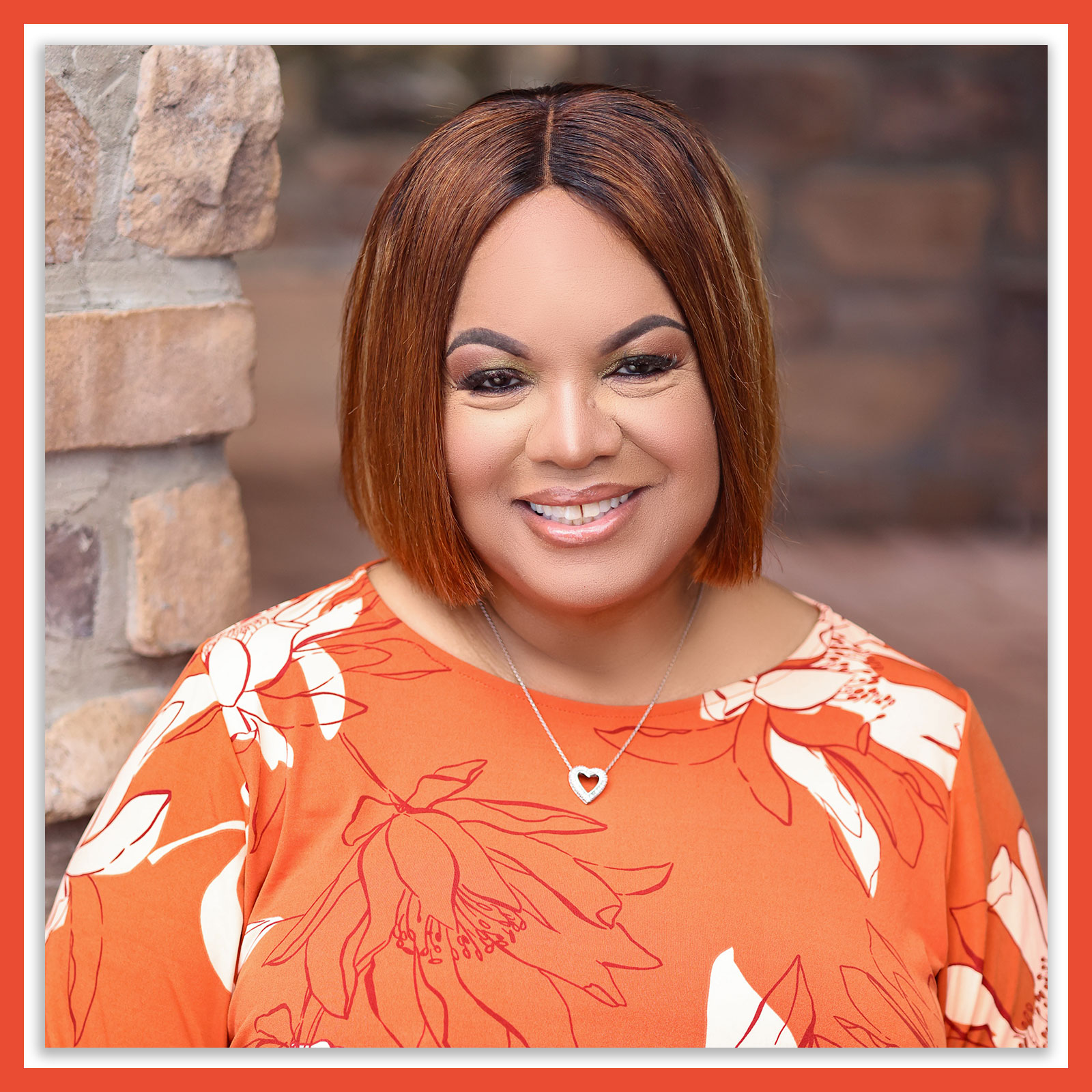
Glenda Moton says the pandemic changed everything about her job. She taught English to ninth-graders whose first year of high school was upended by the pandemic, and she worried there wasn’t enough focus on how they were managing. “Did anyone really sit down and ask the kids, ‘How are you feeling? What’s going on?’” she says.
Moton, 66, turned those questions into an assignment, asking her students at North Miami Senior High School to write about their pandemic experience, and then publishing their work in a book. “It was important that I hear their voice, their story, so that I could help them conquer some of those fears and be able to have a successful year,” says Moton. In poetry and prose, students described worries about losing family members and finding that “nothing will ever be the same again.” They also voiced hopes: for a COVID-19 cure, reunions with friends, and “a better and healthier world.”
The book helped Moton, who now has a new role working on curriculum support for the school district, learn about what her students were facing and how she could help. “I saw them in a different light,” she says, “and I saw life differently.” —K.R.
Arthur Seabury, Social worker | Kansas City, Mo.
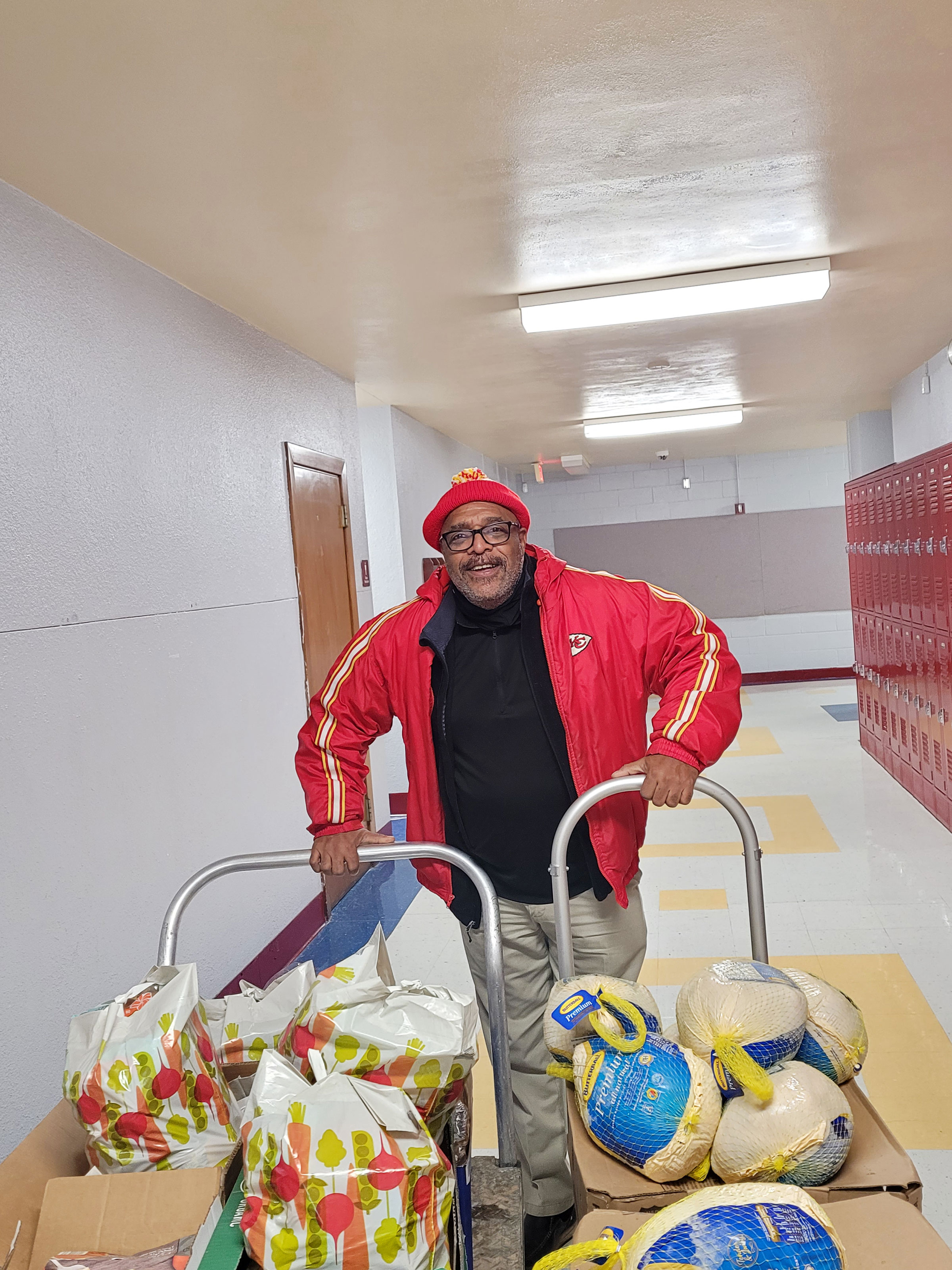
During the 2020-21 school year, social worker Arthur Seabury noticed an uptick in students who needed their clothes washed. Some were unable to take their clothes to laundromats that had shut down or that didn’t allow for social distancing. Some had no laundry facilities at home. And some, Seabury guesses, didn’t have a place to call home.
So Seabury began utilizing a discreet system: students could bring him a backpack of dirty laundry, and he would wash the clothes at the school’s facilities. At the end of each day, he’d return them to their owner. It was just one of the services that Seabury provided to students at Hogan Preparatory Academy, a public charter in Kansas City, Mo.
The district serves 1,040 elementary, middle and high school students, 100% of whom are eligible for free or reduced price lunch, according to the district’s demographic data. The district has the highest rate of homelessness in the Kansas City metro area, according to district officials—nearly 24% of students are considered to be experiencing homelessness.
Seabury, 63, who has been a social worker at Hogan for nine years, knows what the students are going through. He grew up in the area and experienced poverty and an unstable home life as a child, an experience that led him to social work. “I had a few people in my life that helped me through the times that I felt like giving up,” he says. “I knew that I could help people.”
Seabury first realized the seriousness of the pandemic when one of his students lost his grandmother to COVID-19. “I think this was before we even knew it was a pandemic,” says Seabury, who contracted the disease shortly afterward.
After he recovered, as schools shut down, Seabury began knocking on doors to find students and connect them to the technology to join remote classes. Class attendance wasn’t his only concern; Seabury organized food vouchers and delivered meals to those in need, and for those facing eviction, he helped place them in transitional living programs or hotels. And of course, he ensured they had clean clothes.
To bring students some peace, he invited them to his community garden. “As the plants grew, I could explain to them that these plants were like human beings,” he says. “When you nurture them and take care of them, they start to blossom, and if you don’t they’ll die or wither.”
The 2021-22 academic year will be a rough one, Seabury predicts. “Now that the pandemic has happened, behaviors have changed in some people,” he says. “So we have to get in and go back to work so that those kids don’t get away from us.” He already has begun to host workshops for other educators in the district to prepare them to support students who have experienced trauma. —J.A.
Tiffany Jackson, Math teacher | Nashville
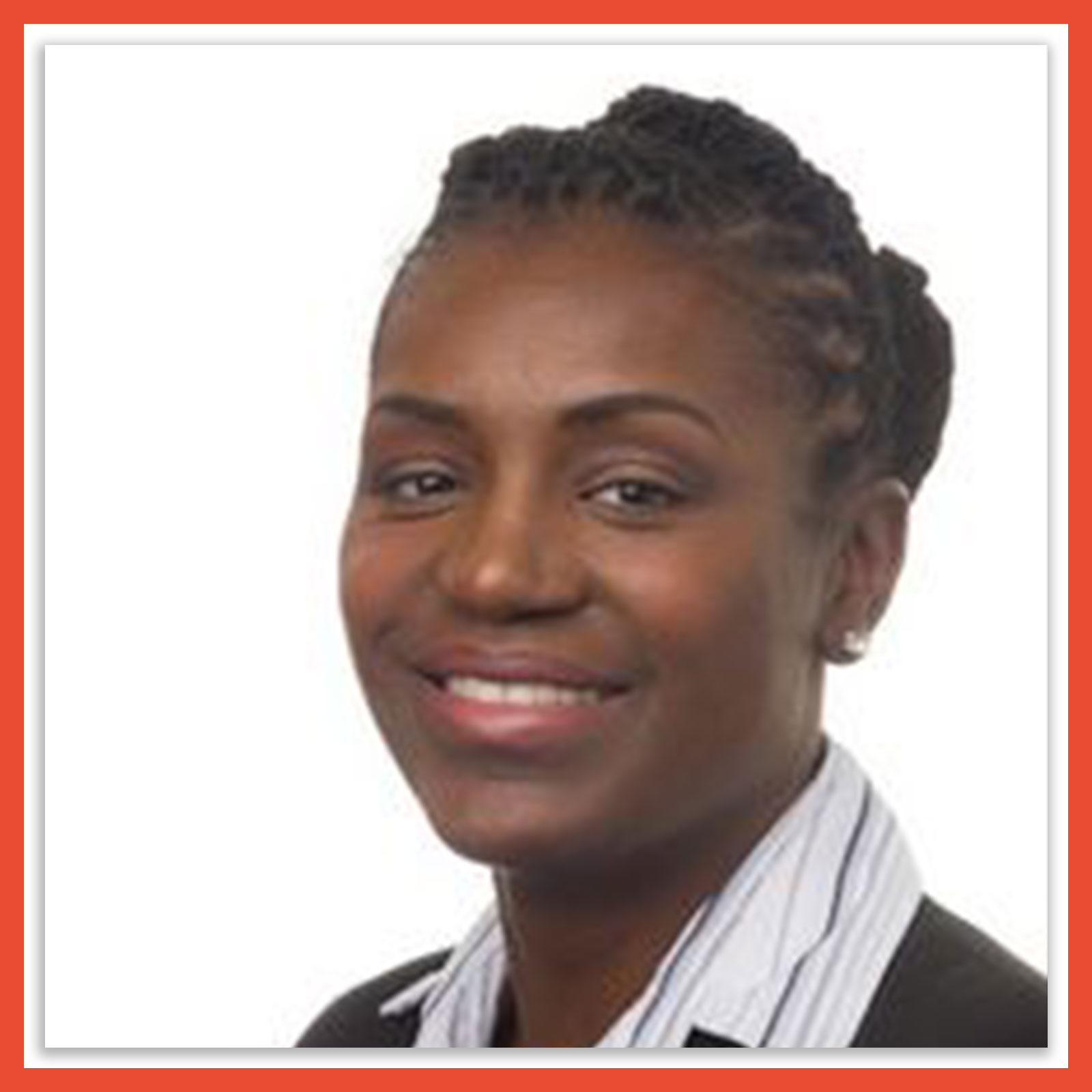
For Tiffany Jackson, the pandemic showed just how ill-equipped schools are to serve immigrant students. Jackson teaches math to students who have recently arrived in the U.S. and who are learning English at John Overton High School and Glencliff High School. During an unpredictable academic year, many of their families relied on Jackson to connect them to resources in school and beyond.
She received texts daily from students: “‘Hey, I’m having this issue with my housing,’ or ‘I need to take a COVID test and I don’t know how to do it,’ or ‘My father died, and I can’t come to school because my family needs me,’” says Jackson, 41. “It forced us to have a way more intimate peek into the lives of our students than ever before.”
She worked at the district’s food-distribution drive-throughs, interpreting for Spanish-speaking families. When one student lost his father to COVID-19, she and other teachers collected money for his family and attended the funeral. “We all rallied around him,” she says. “I think that represents the community that we have. We’re here with you.” —K.R.
Victoria Dominguez, Social worker | Cuba, N.M.

Victoria Dominguez didn’t know how extreme her students’ needs were before the pandemic. But when schools closed and she began visiting students’ homes to check on them, she realized how many families were enduring a health crisis without electricity, water or enough food.
“We found out that school, for the majority of our kiddos, is a safe place, whether they’re experiencing hunger or homelessness or witnessing domestic abuse,” says Dominguez, a social worker and community schools director for the Cuba independent school district, a rural, high-poverty district that mostly serves students from the Navajo reservation. “I realized that there is such a huge need for basic resources.”
Dominguez, 31, started Cuba Cares in spring 2020 to meet those needs, expanding a clothing drive into a much broader effort to bring food, clothing and other supplies to families. She connected students with social-emotional resources and helped families find shelter. When kids weren’t attending virtual classes, she knocked on doors to make sure they were O.K. “We’re really just trying to help out students and families with their basic needs, so that way when it’s time for school, they can focus on school,” she says.
As more students return to classrooms this fall, she’s bringing in therapy dogs and coordinating lunch groups to help them feel comfortable. And she wants Cuba Cares to be a resource long after the pandemic ends. “School is so much more than a place to learn.” —K.R.
Michael Hinojosa, Superintendent | Dallas
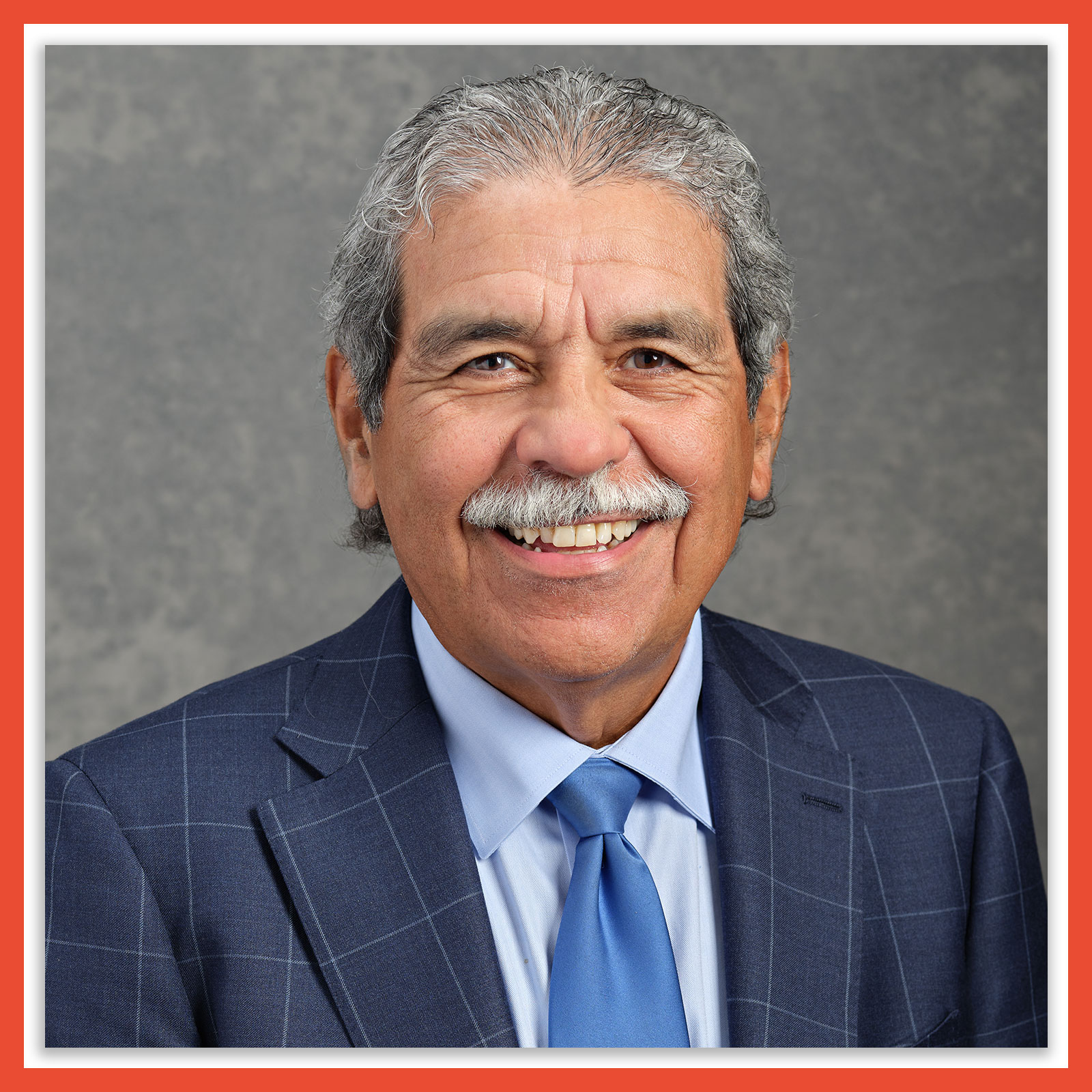
As the Delta variant spread through Texas this summer, Michael Hinojosa found himself at the center of a battle over masks, facing down the Republican governor and some angry parents who disagreed with his requirement that students and school staff wear masks. But Hinojosa, the superintendent of the Dallas independent school district, was undaunted. “Luckily, I was also a basketball referee, and for seven years, everybody was always yelling at me,” he says. “I learned how to have a thick skin.”
Dallas was the first district to defy Governor Greg Abbott’s ban on school mask requirements, but others have followed. The CDC recommends that students and staff wear masks, but parents are divided along partisan lines. Superintendents are caught in the middle.
“I’m in a blue city in a purple county in a red state, and I’ve had elected officials, appointed officials and medical officials give me different—and conflicting—advice,” Hinojosa says. “We’re hung out there to dry, and we’ve just got to make a decision to protect as many families as we can.” —K.R.
More Must-Reads From TIME
- The 100 Most Influential People of 2024
- The Revolution of Yulia Navalnaya
- 6 Compliments That Land Every Time
- Stop Looking for Your Forever Home
- If You're Dating Right Now , You're Brave: Column
- The AI That Could Heal a Divided Internet
- Fallout Is a Brilliant Model for the Future of Video Game Adaptations
- Want Weekly Recs on What to Watch, Read, and More? Sign Up for Worth Your Time
Write to Jasmine Aguilera at jasmine.aguilera@time.com, Madeleine Carlisle at madeleine.carlisle@time.com and Katie Reilly at Katie.Reilly@time.com
